
Click Here for Full Screen Image - Click Here to Download Image
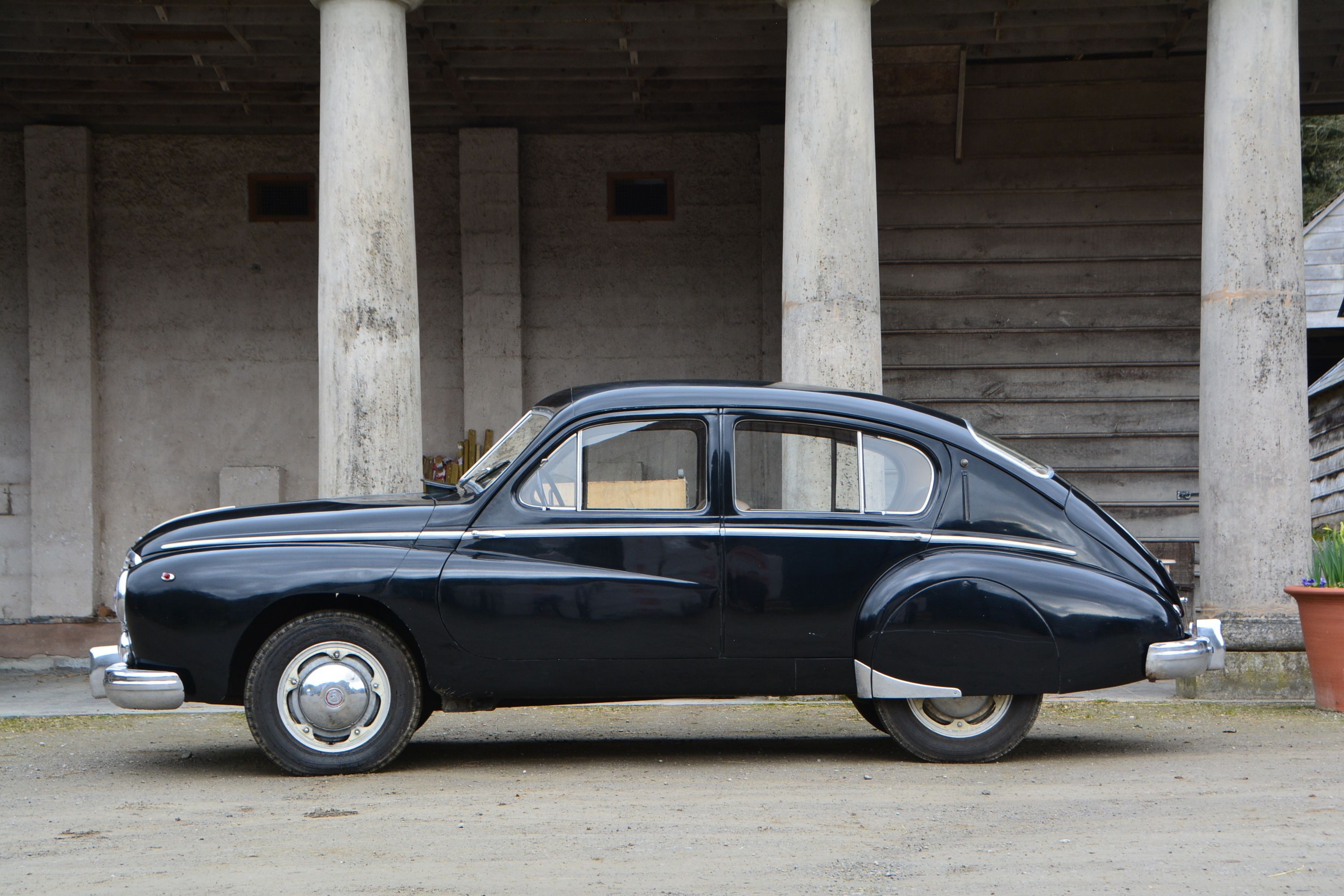 | 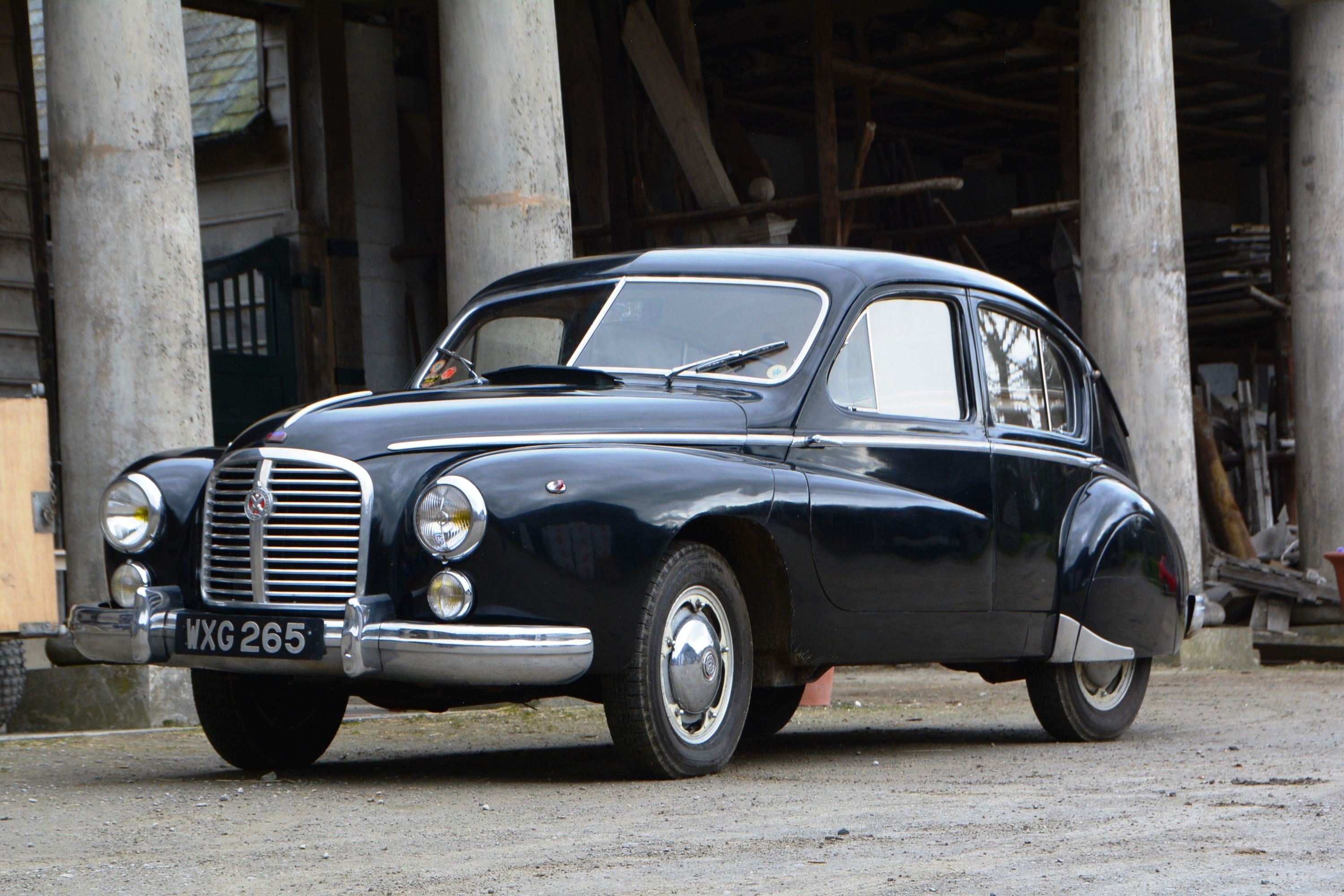 | 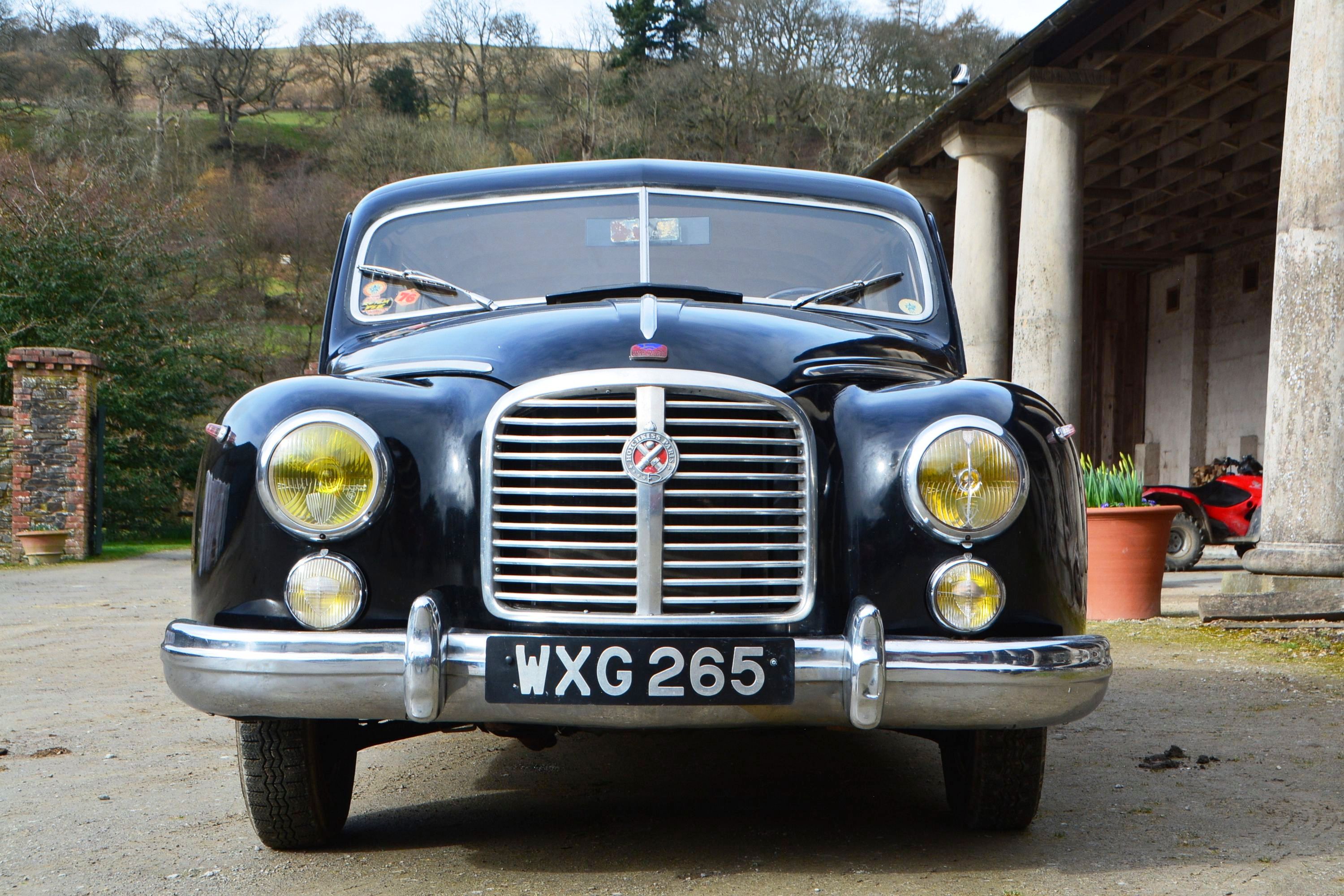 | 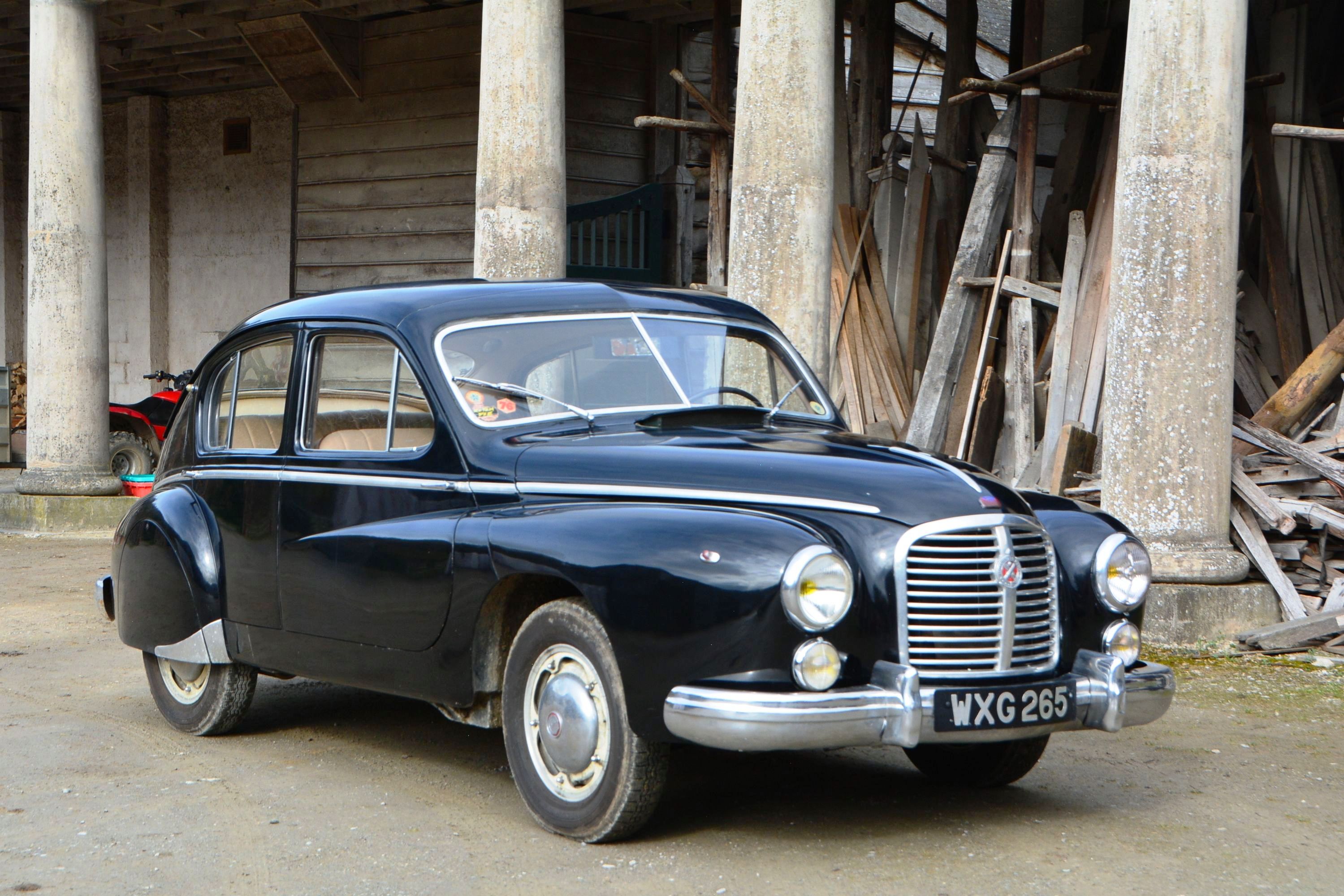 | 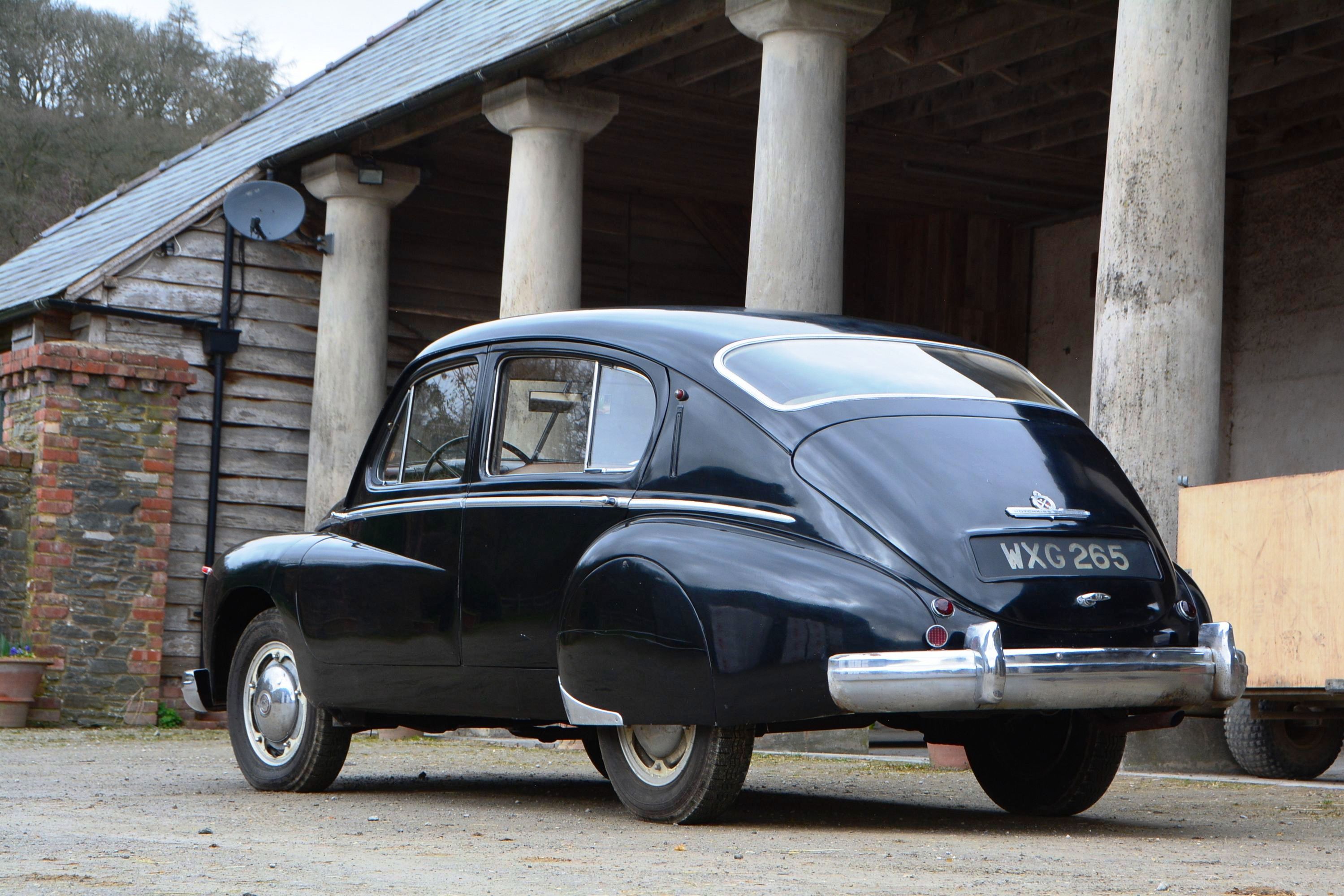 | |||||
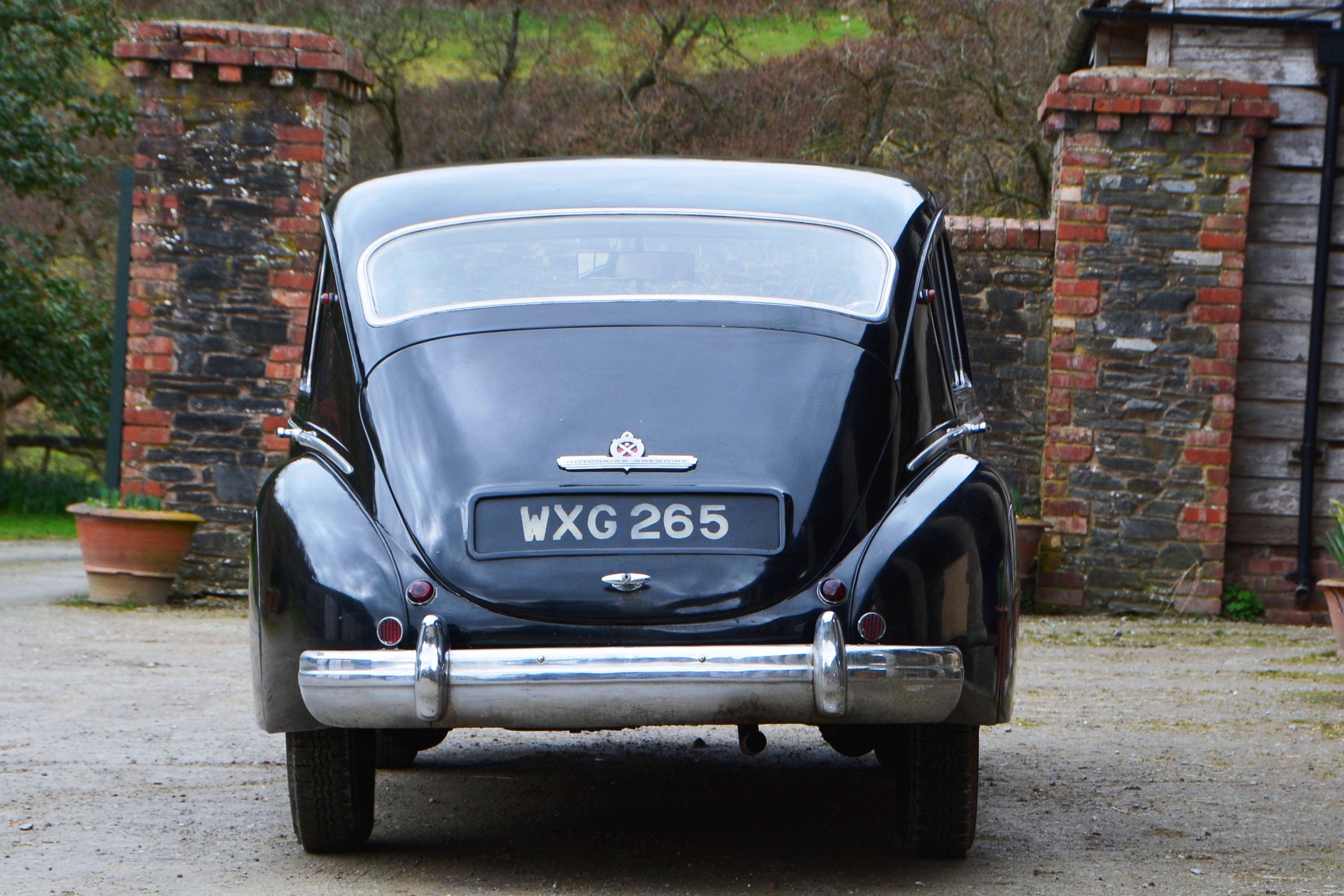 |  | 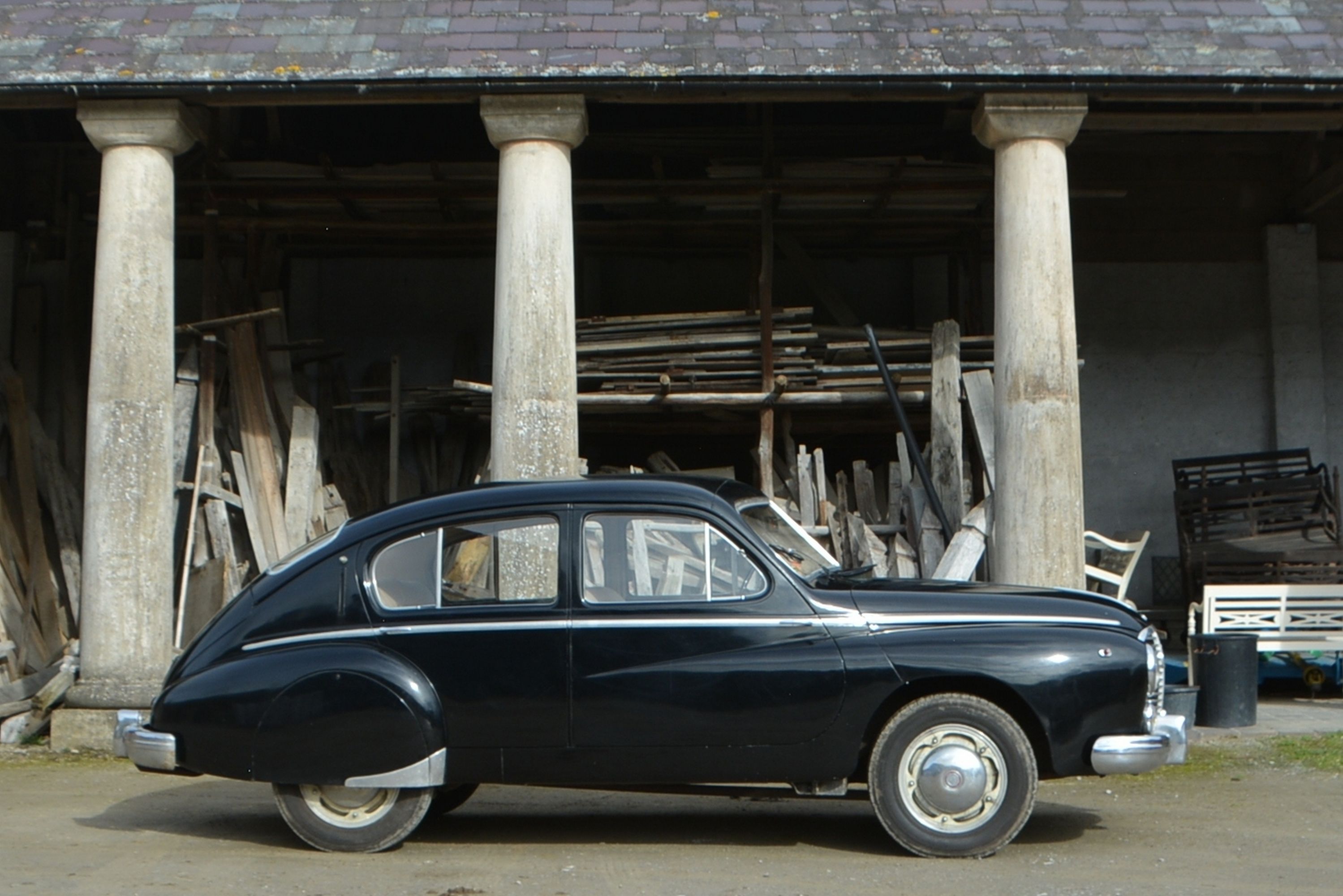 | 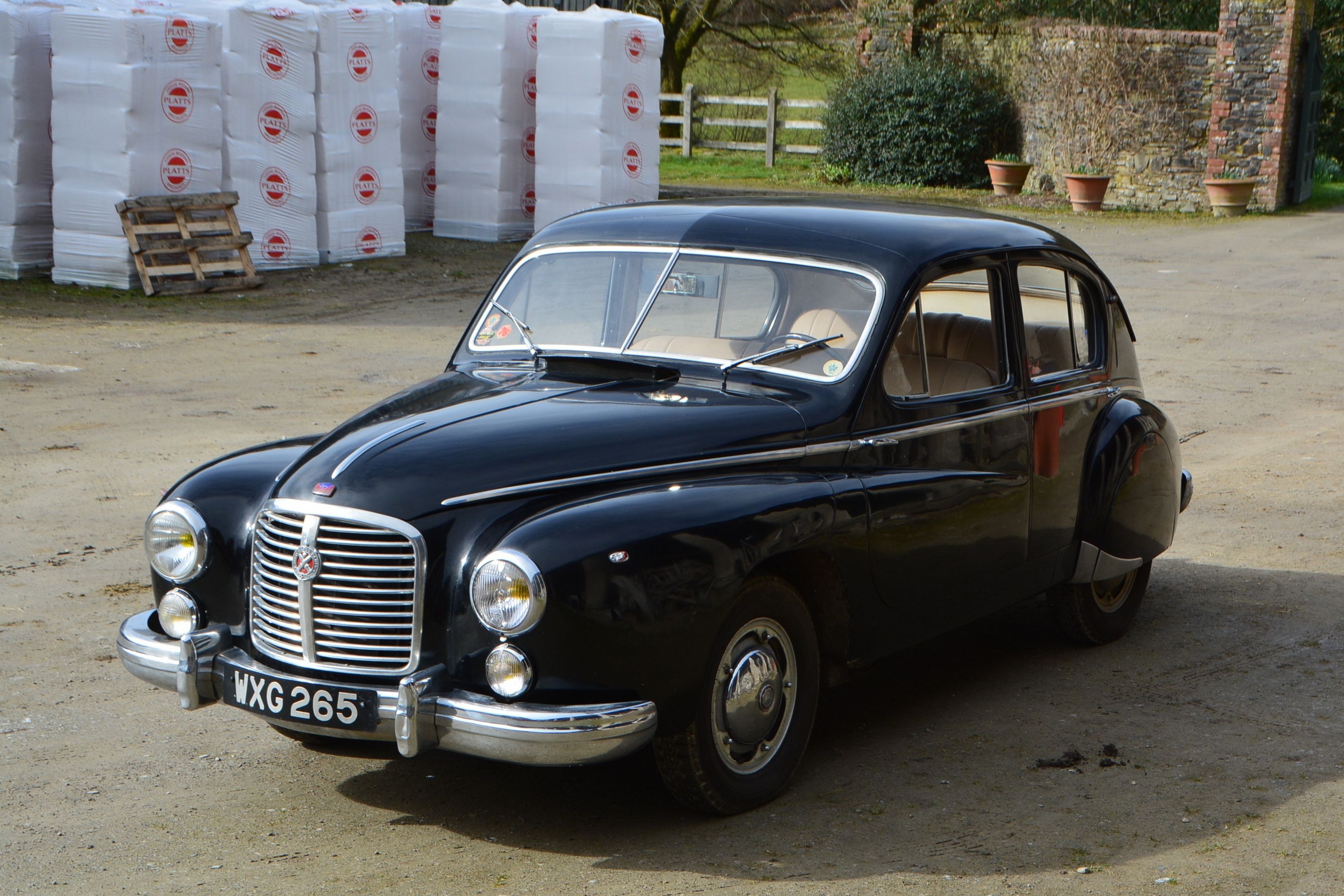 |  | |||||
 |  | 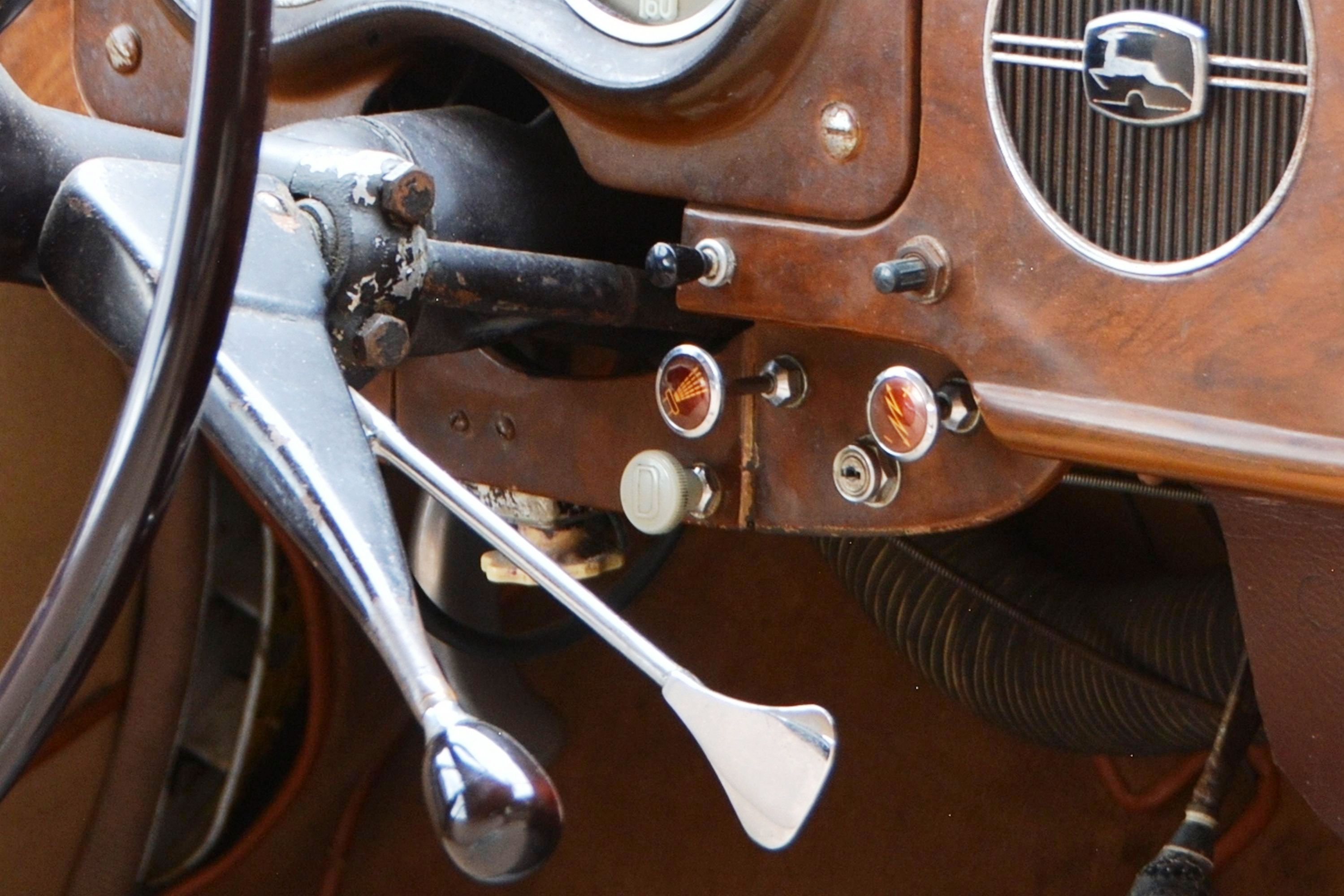 | 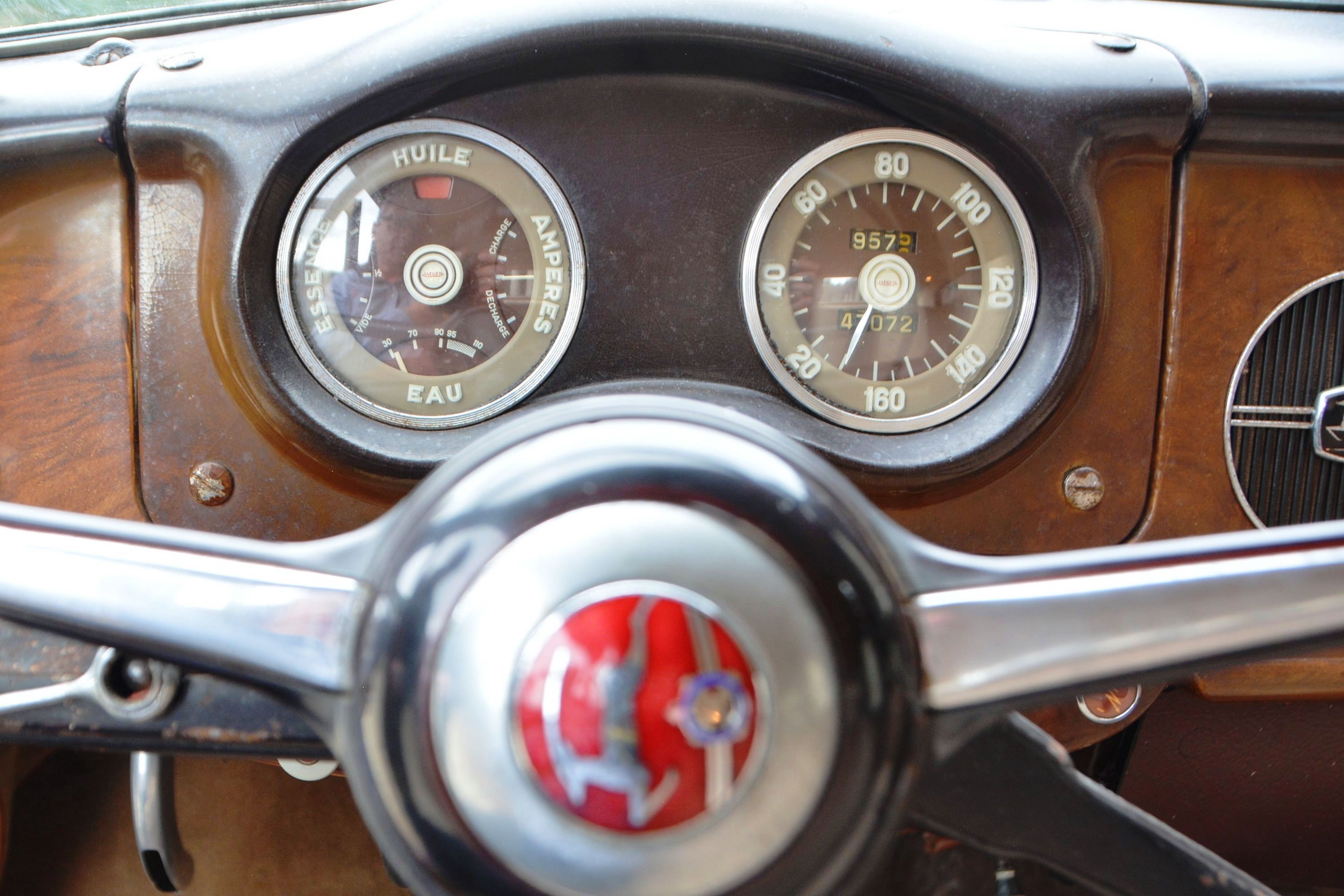 | 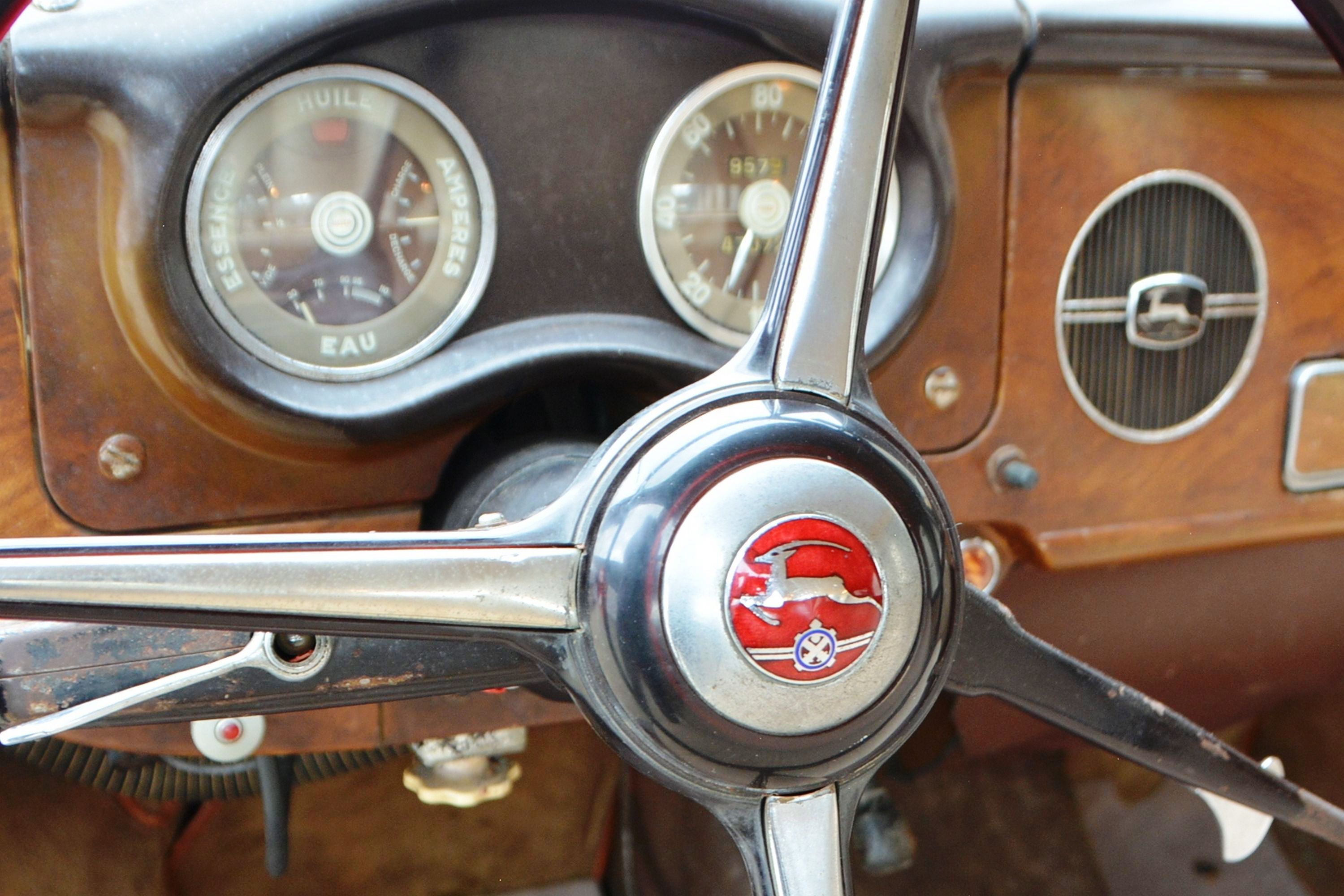 | |||||
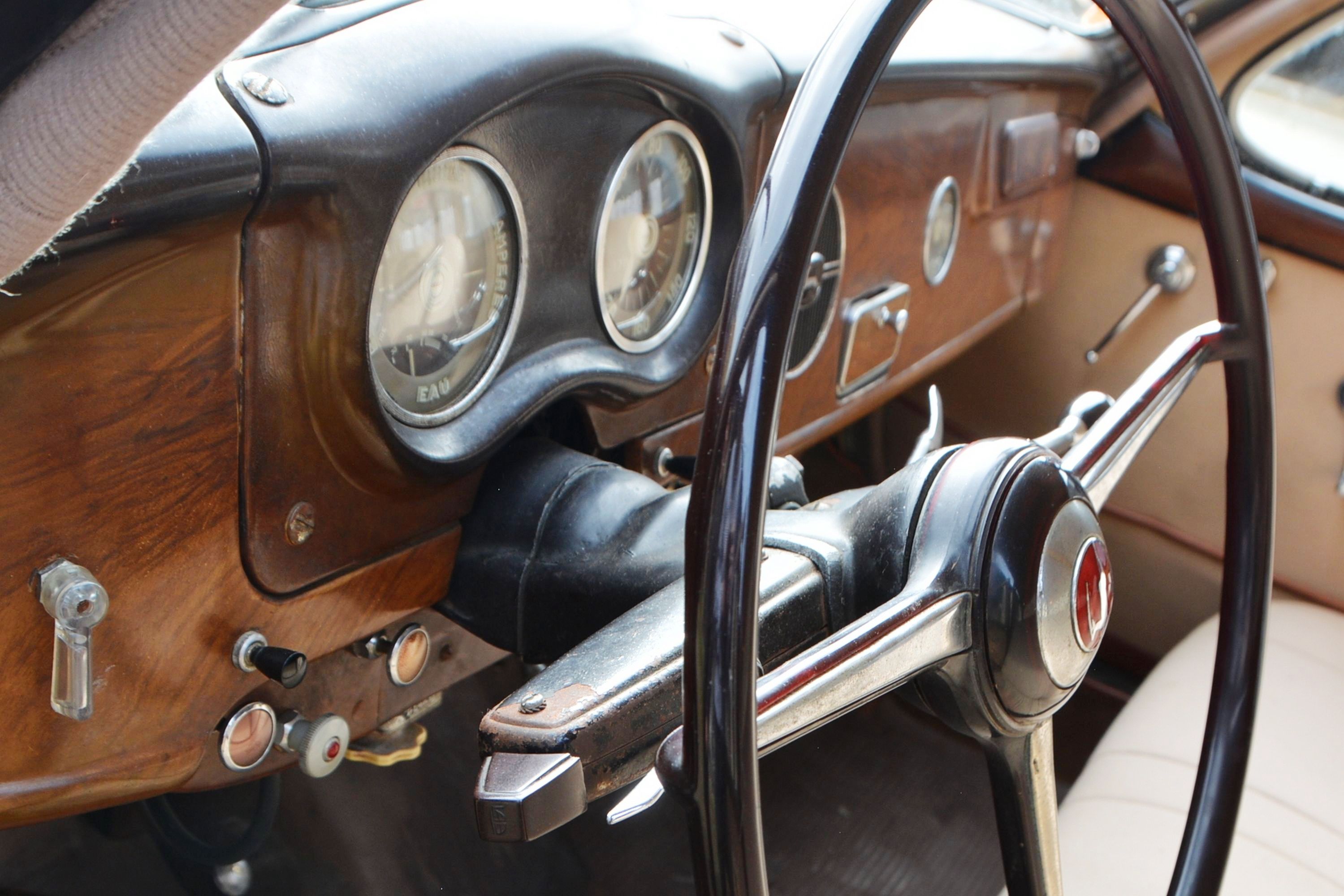 | 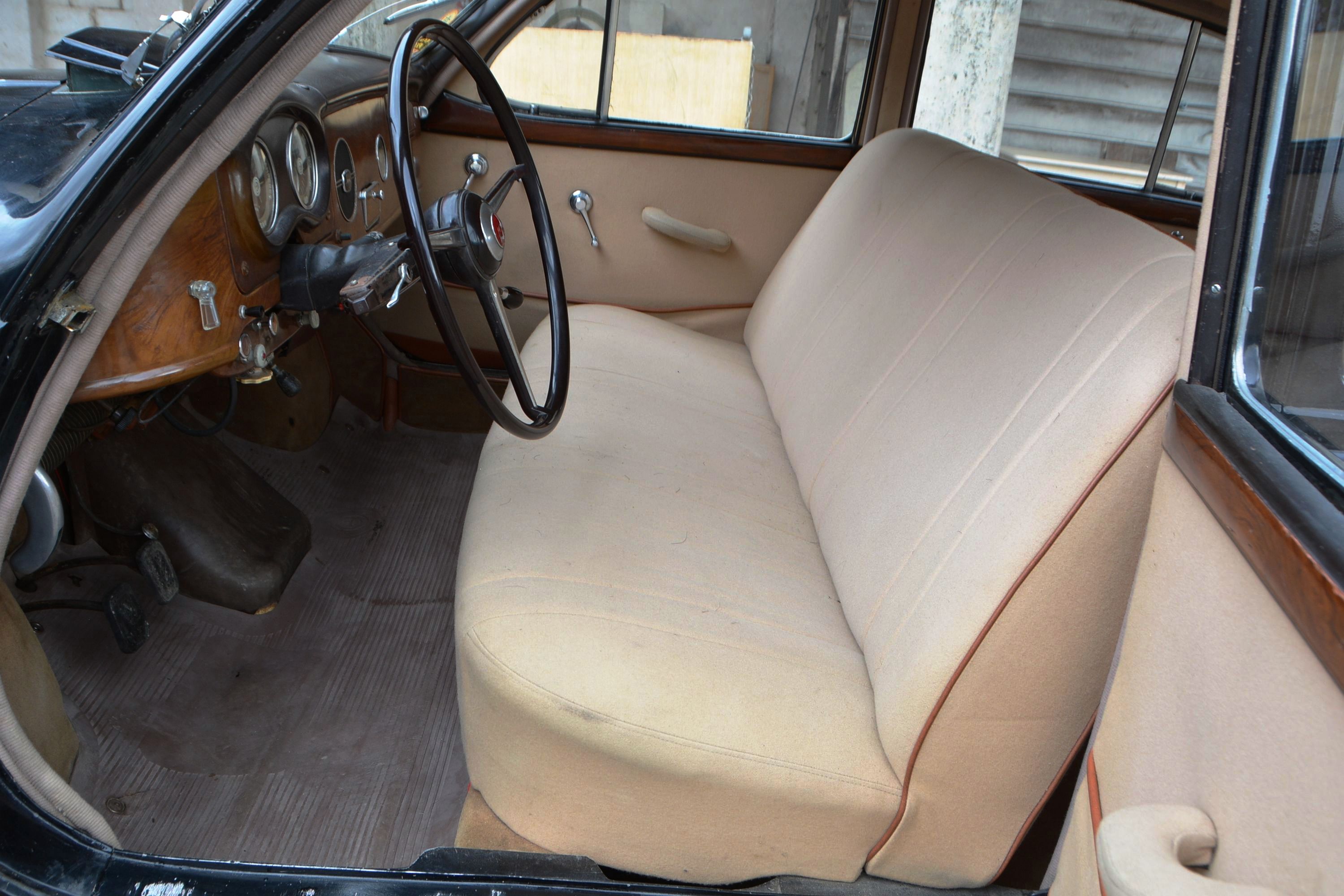 | 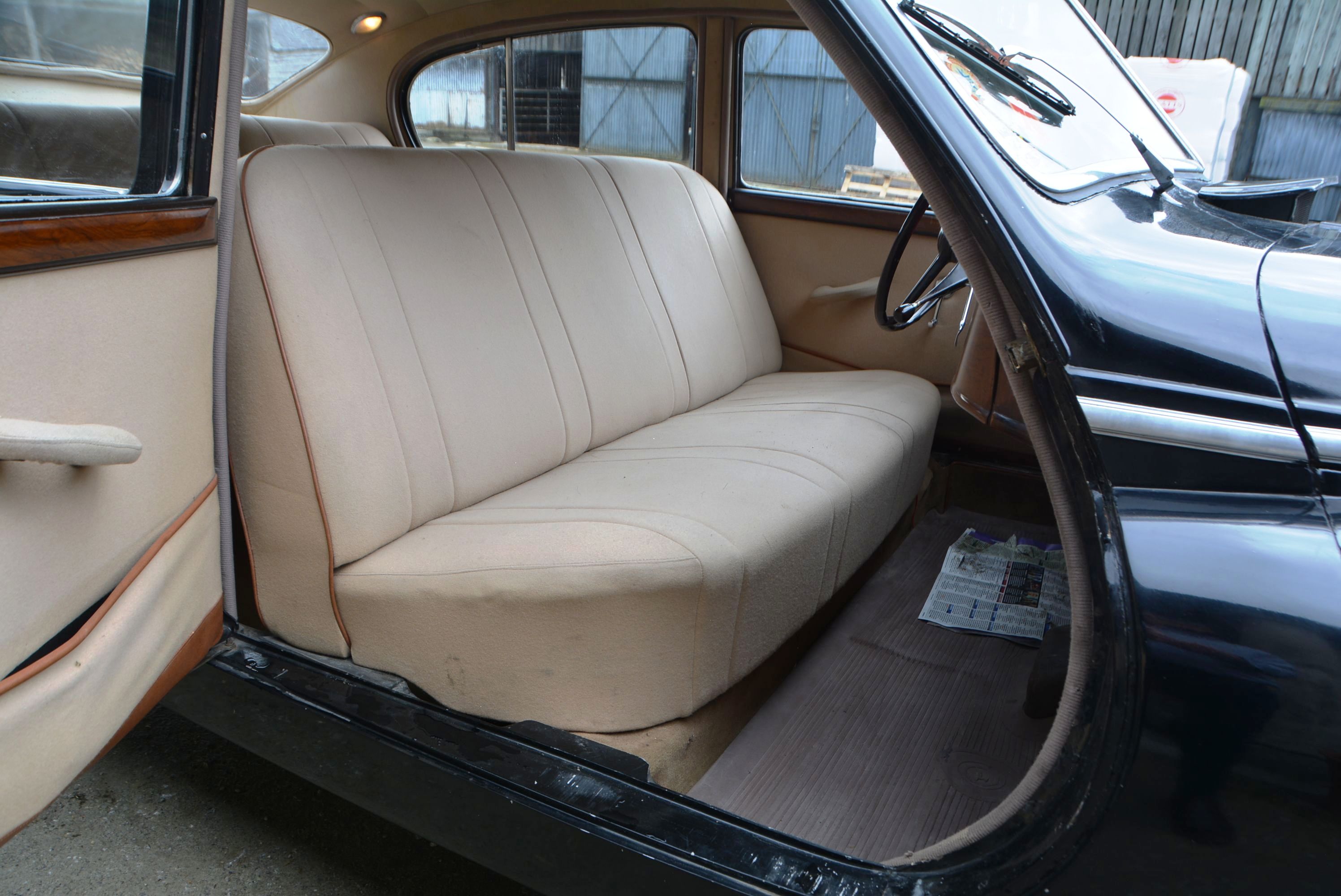 | 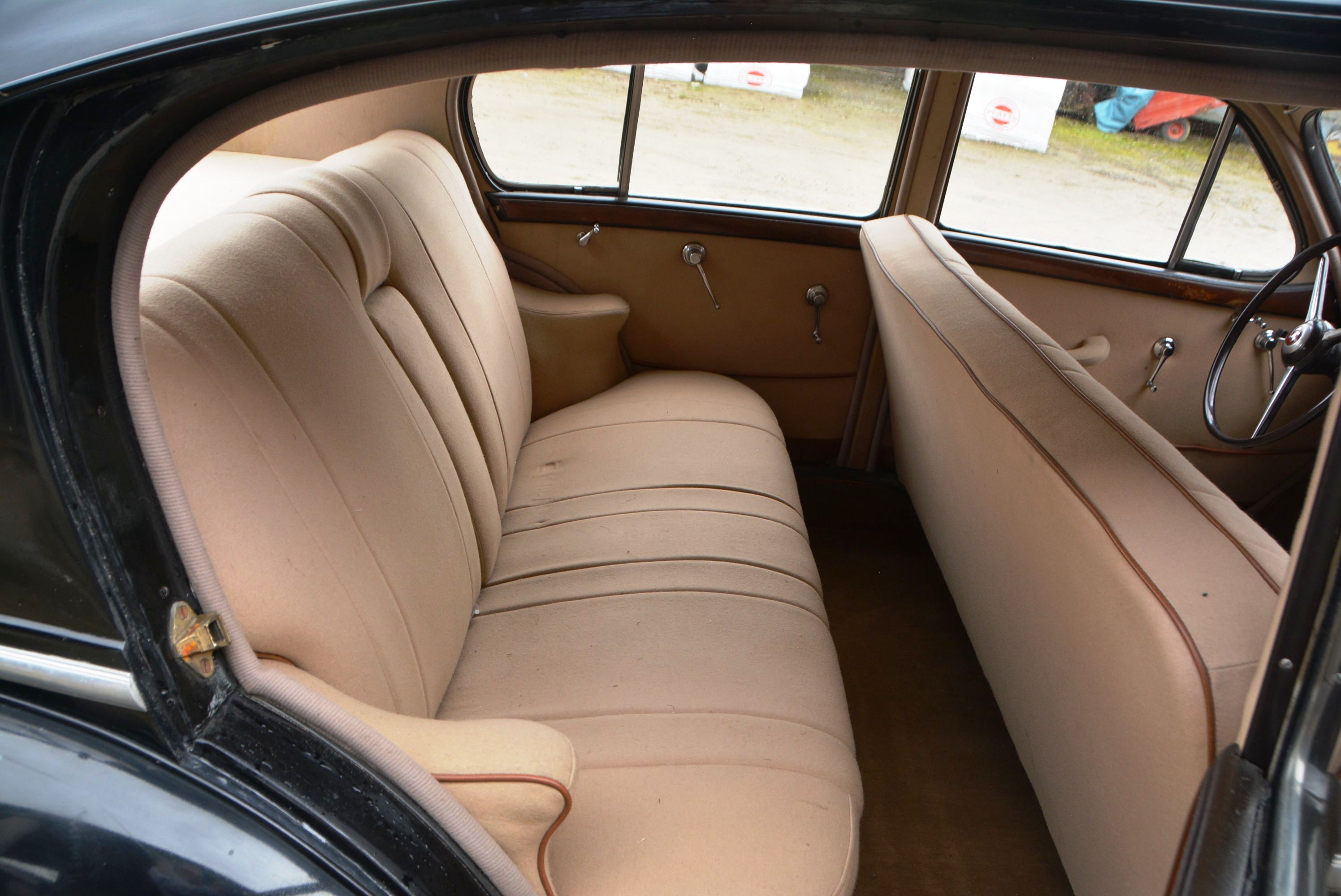 |  | |||||
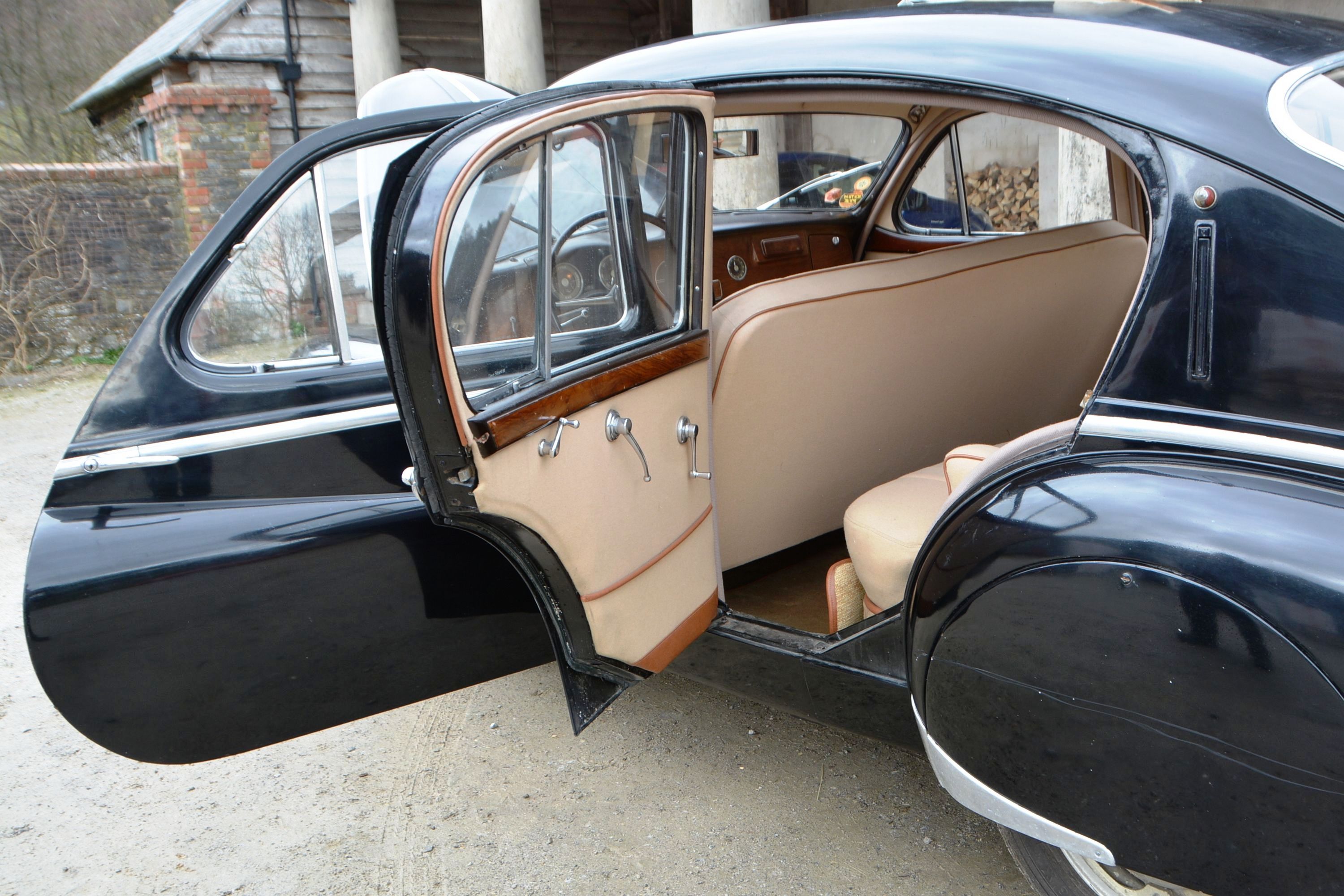 | 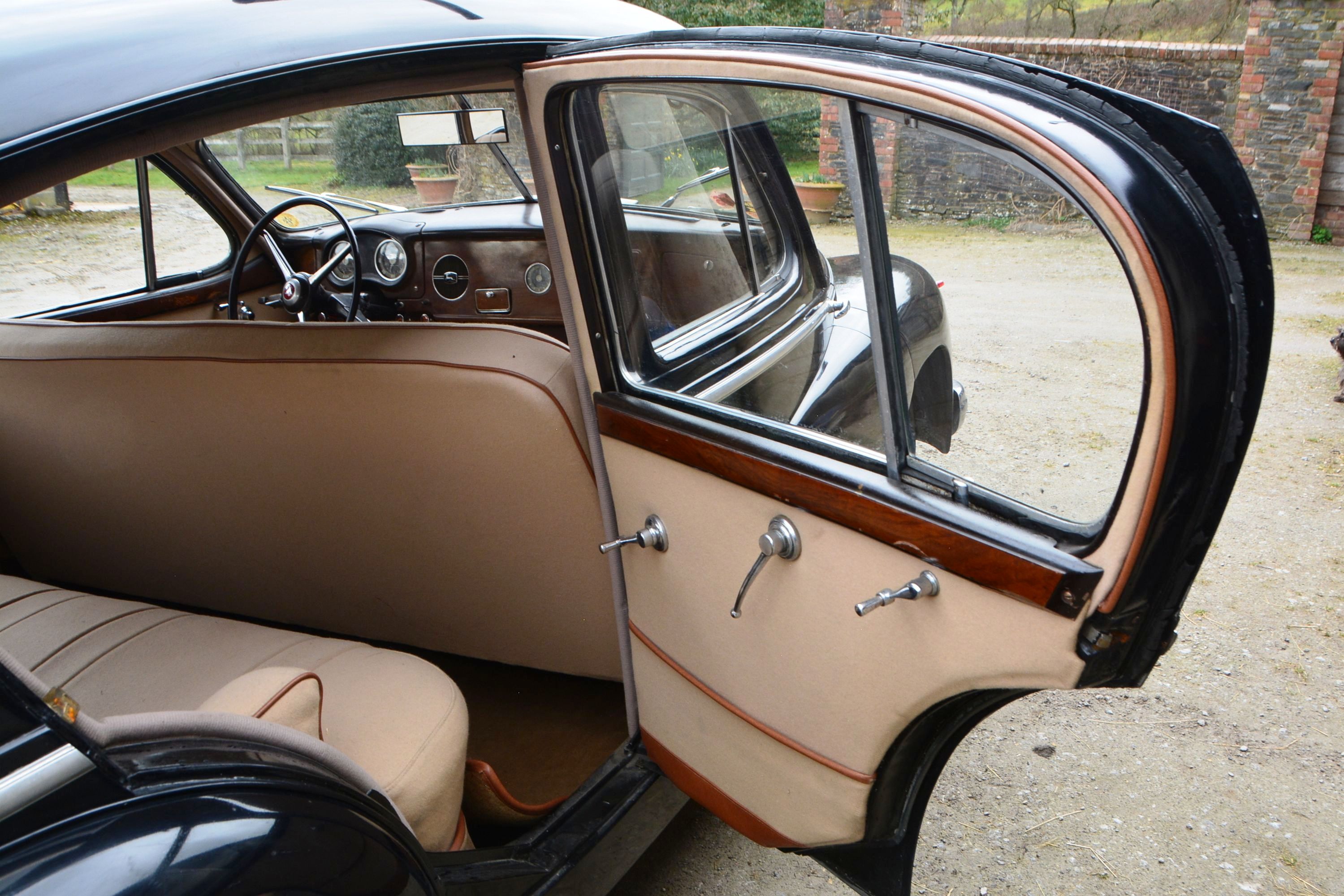 | 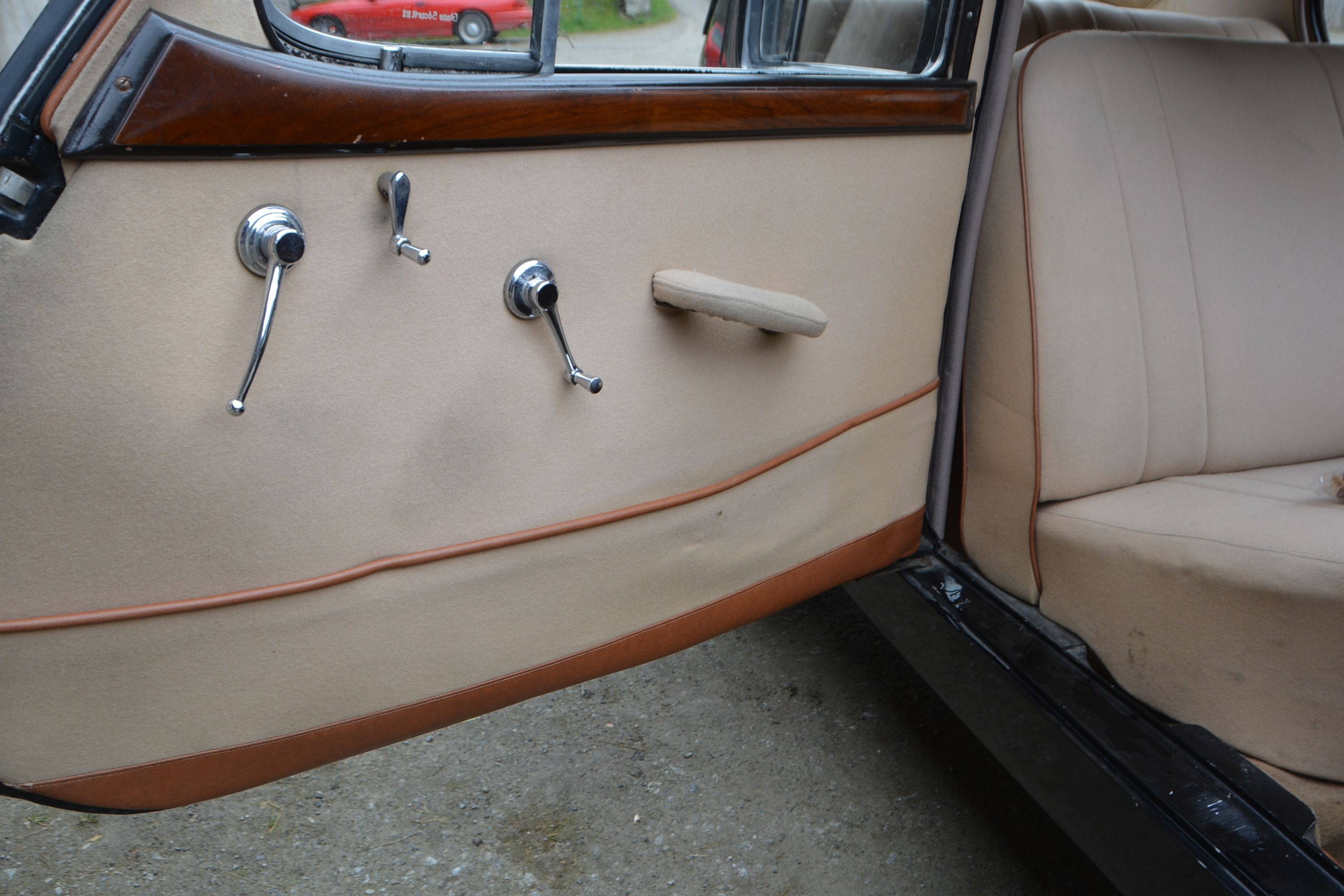 | 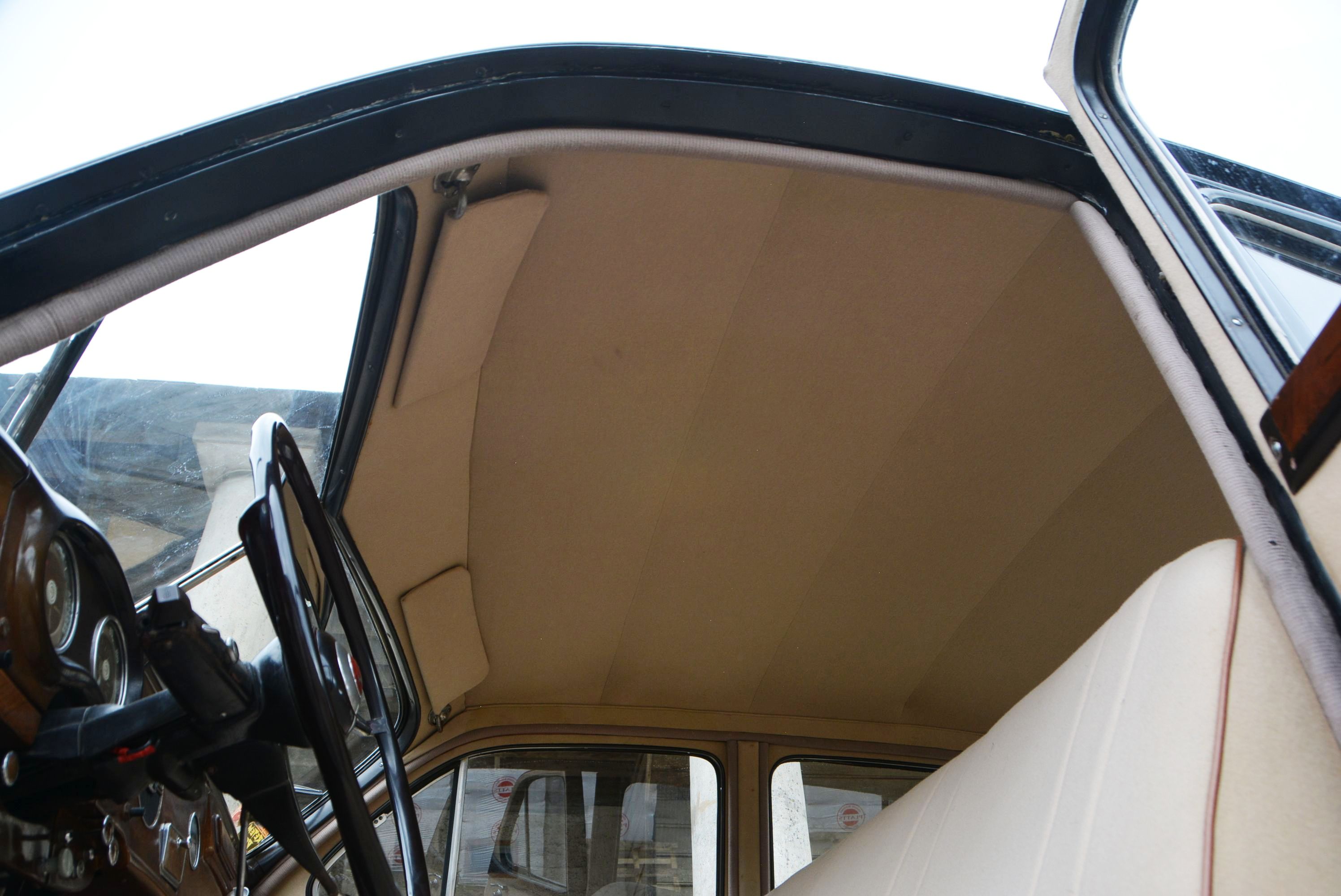 | 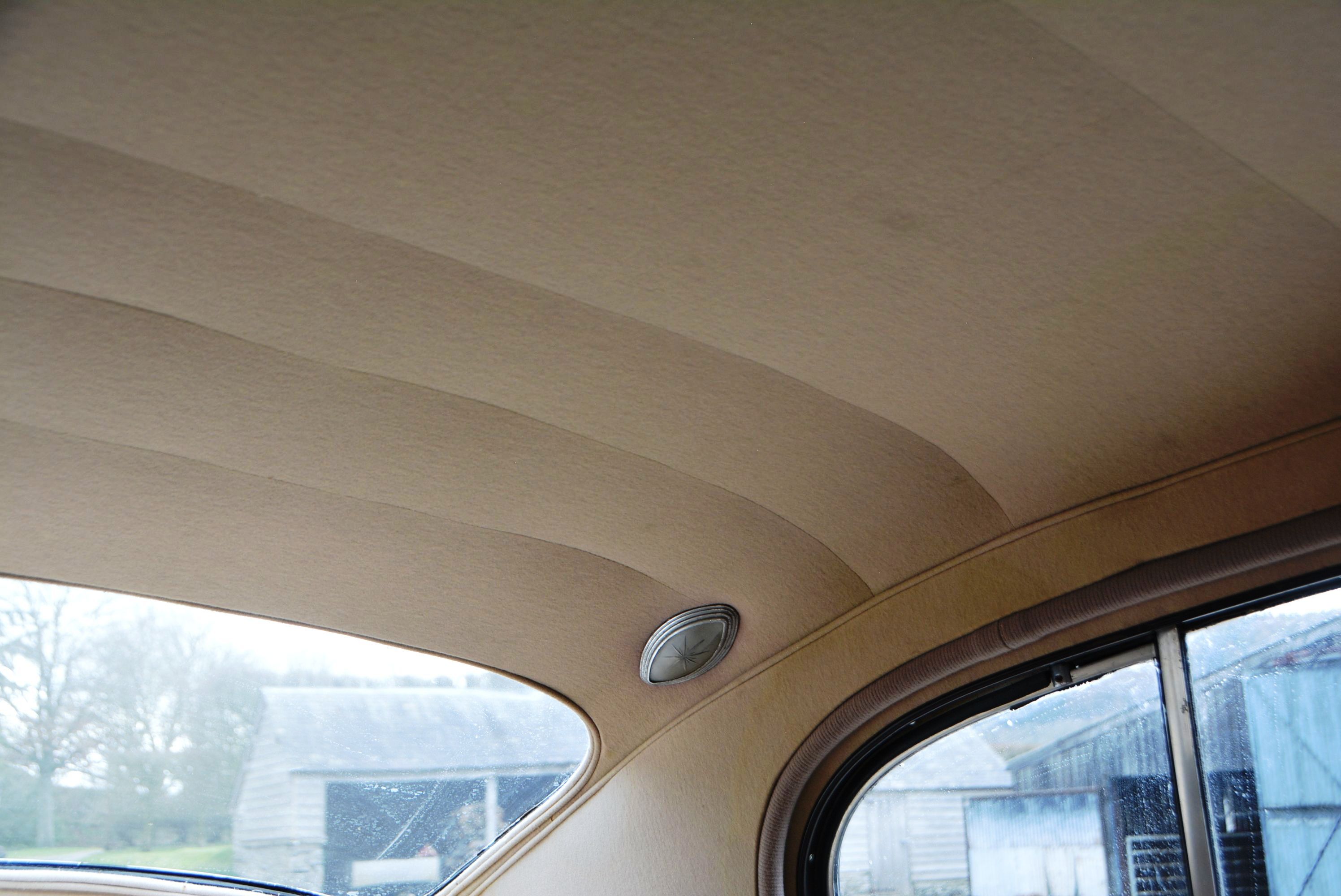 | |||||
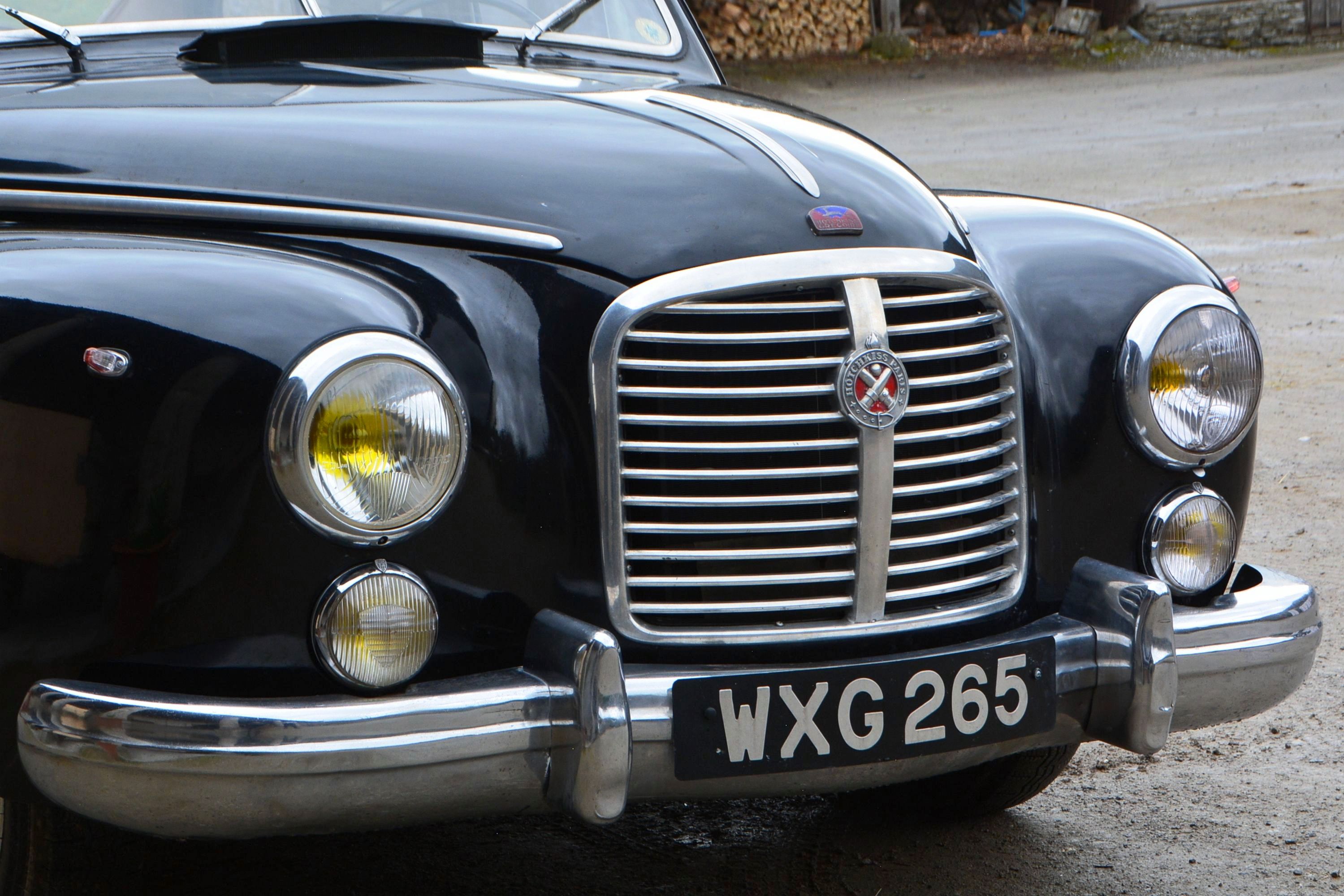 |  | 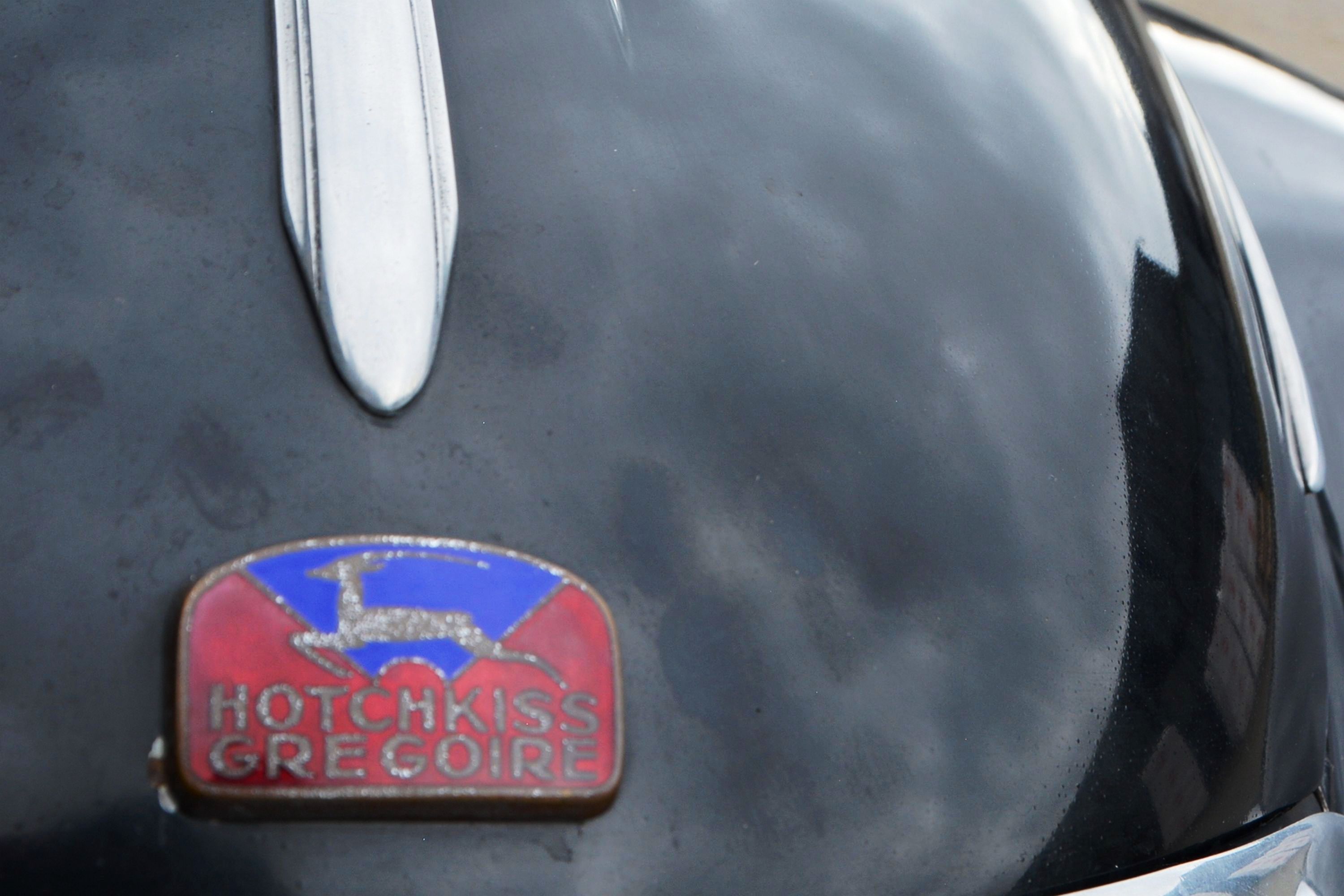 | 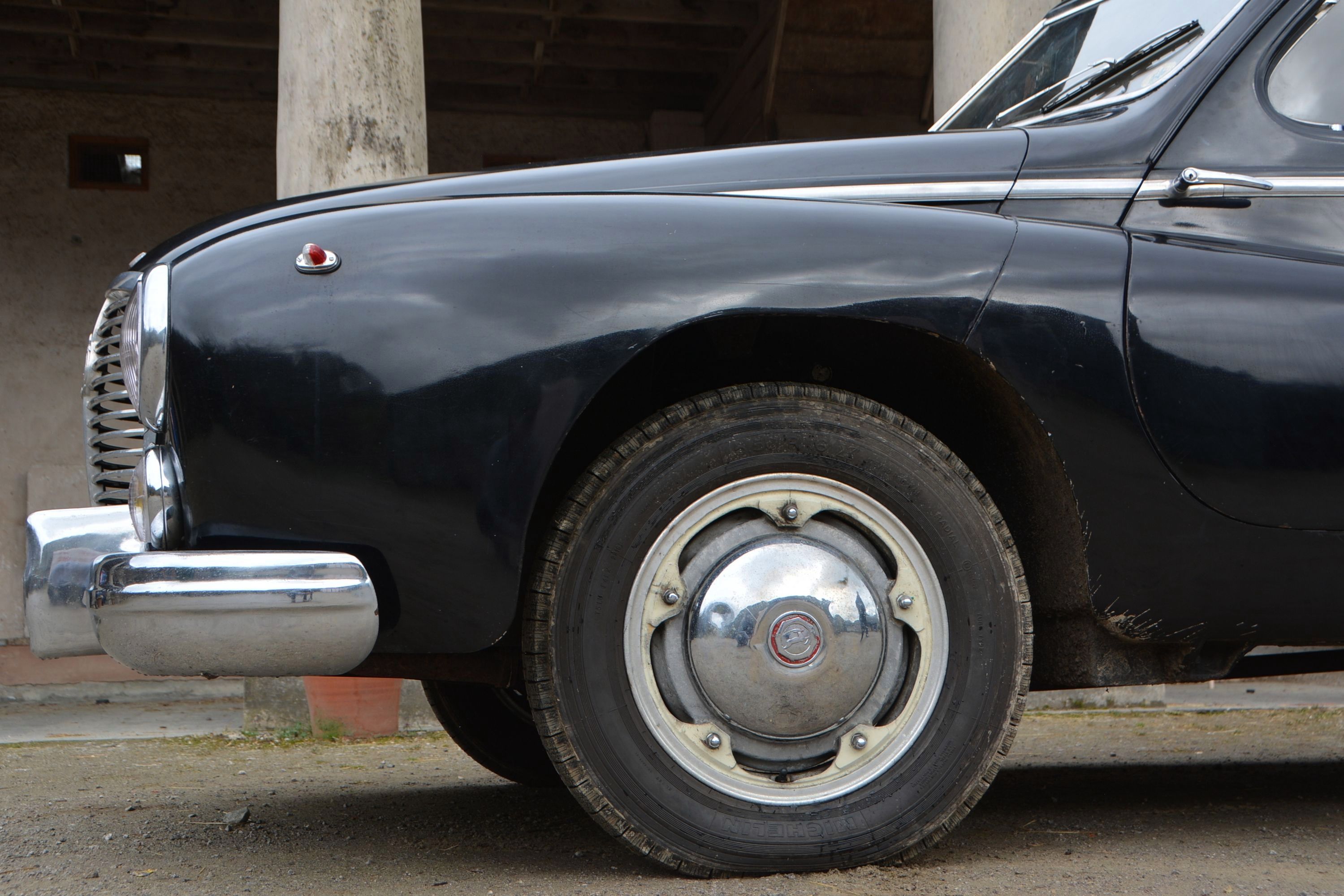 |  | |||||
 |  | 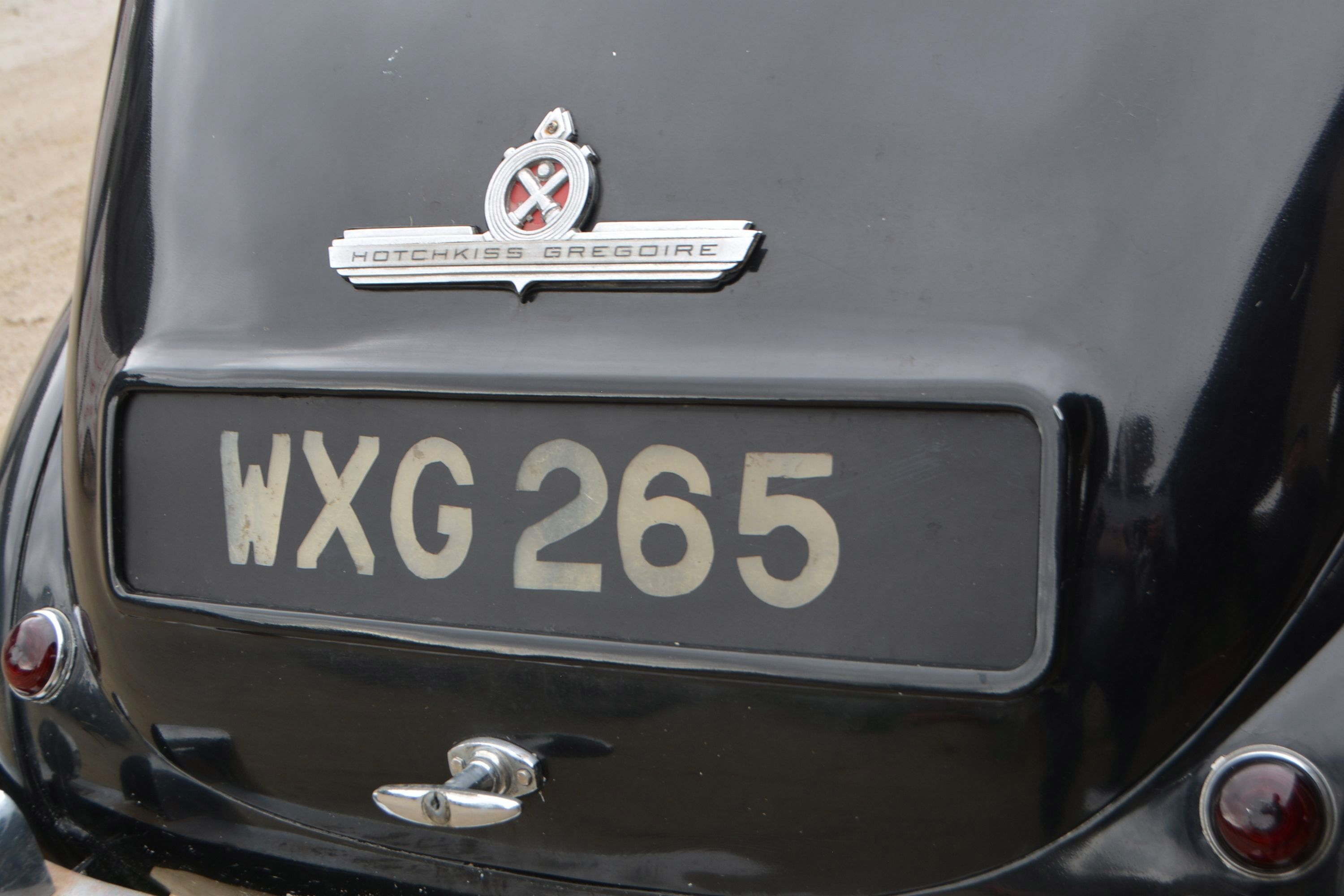 |  |  | |||||
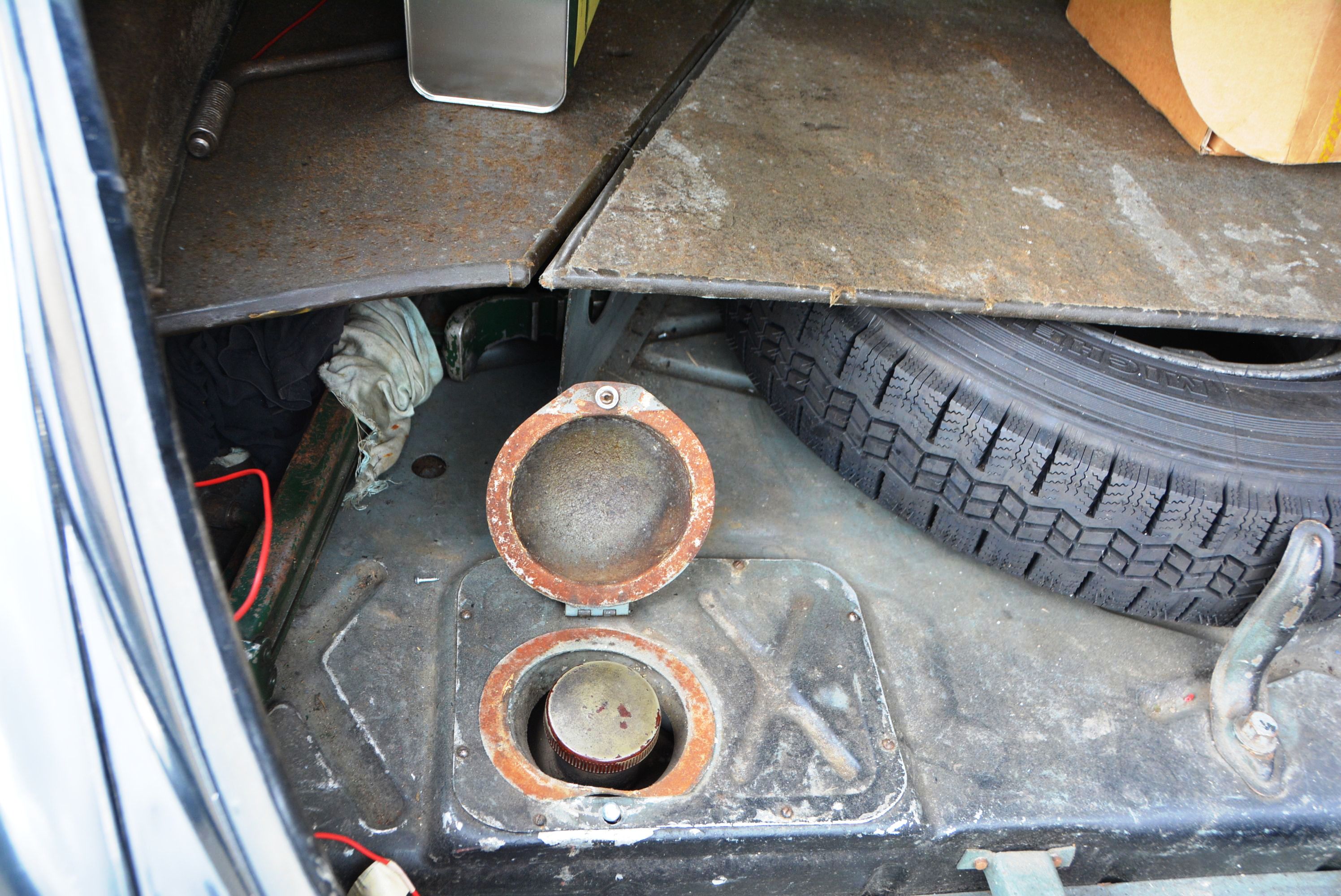 | 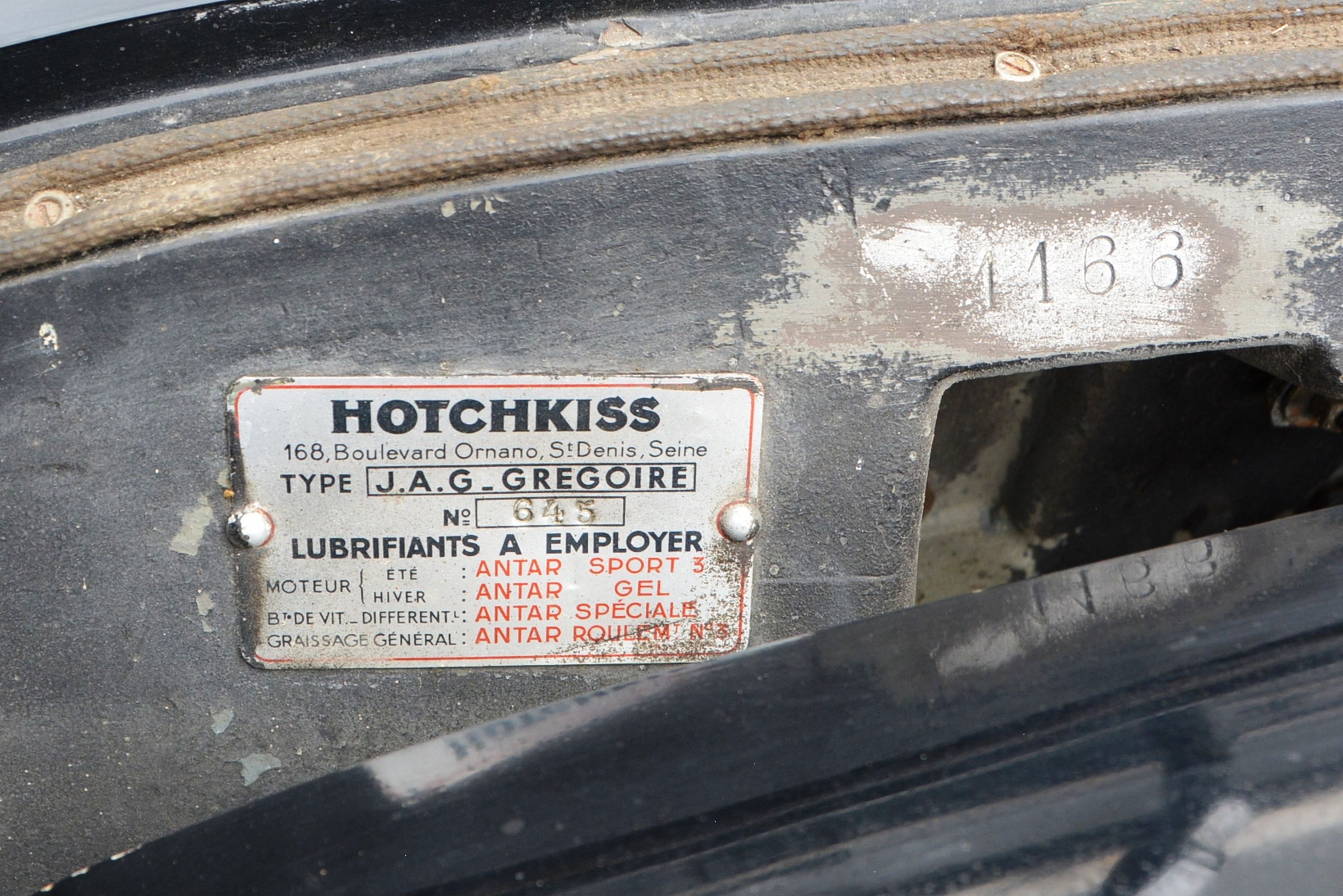 | 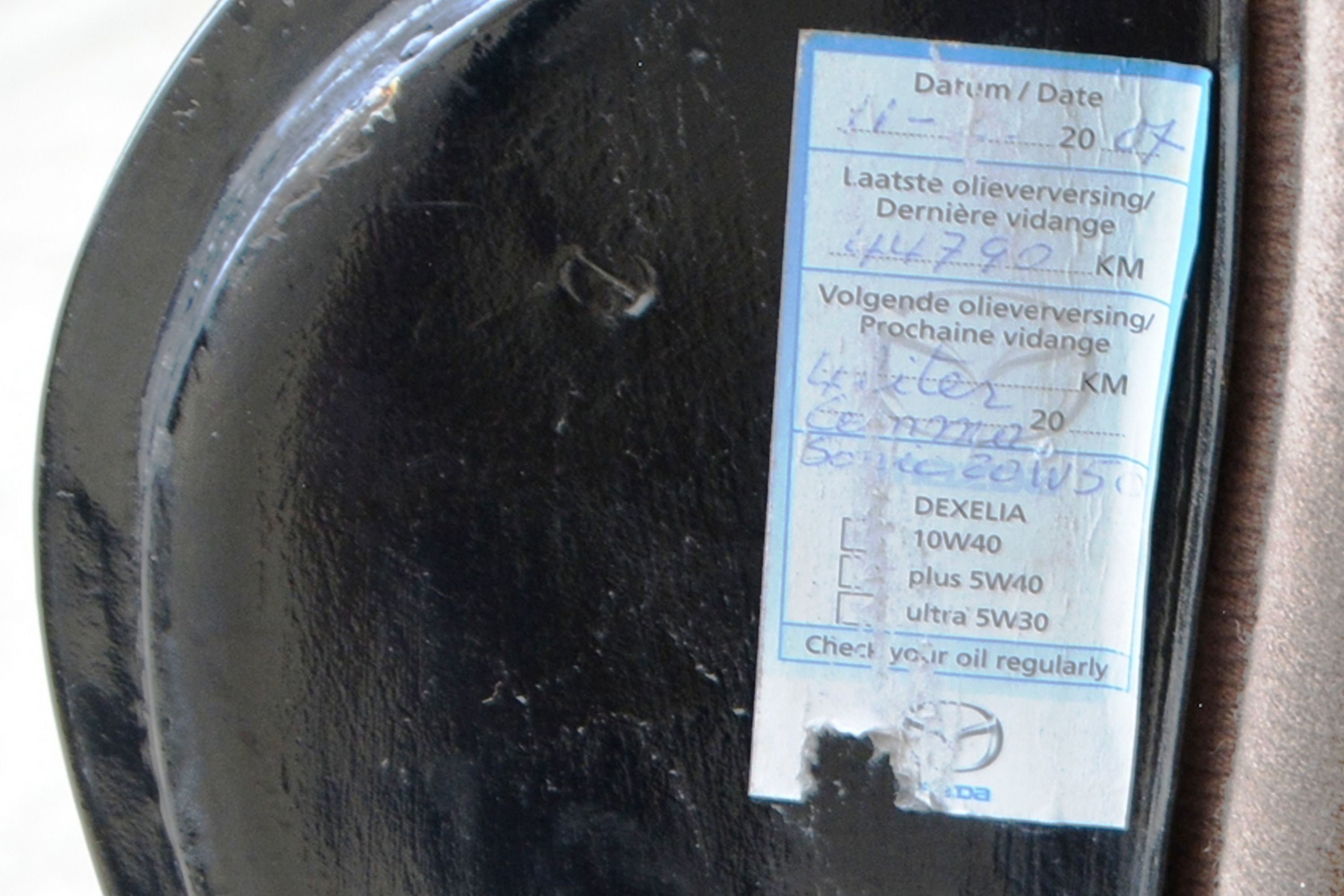 |  |  | |||||
 | 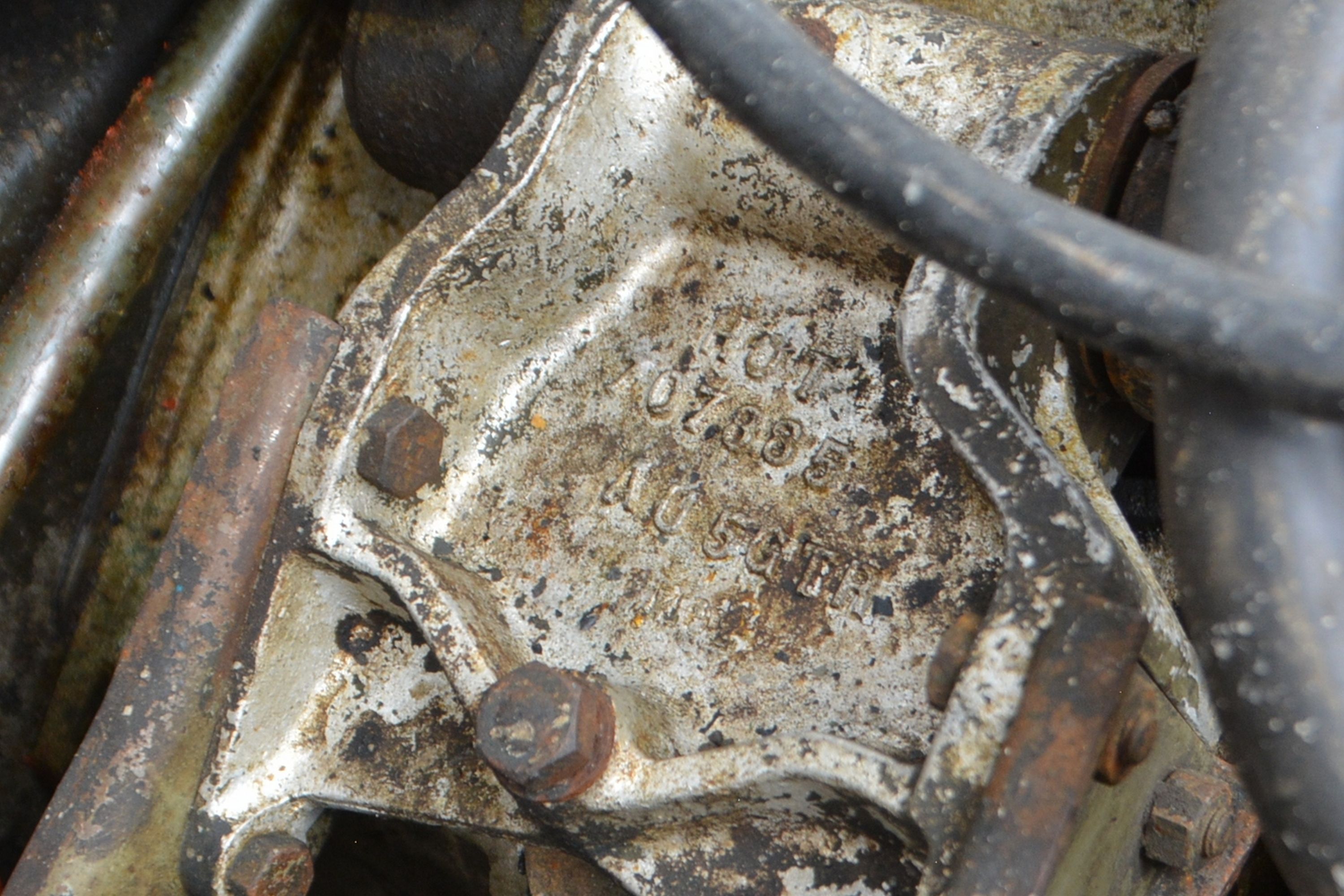 |  | 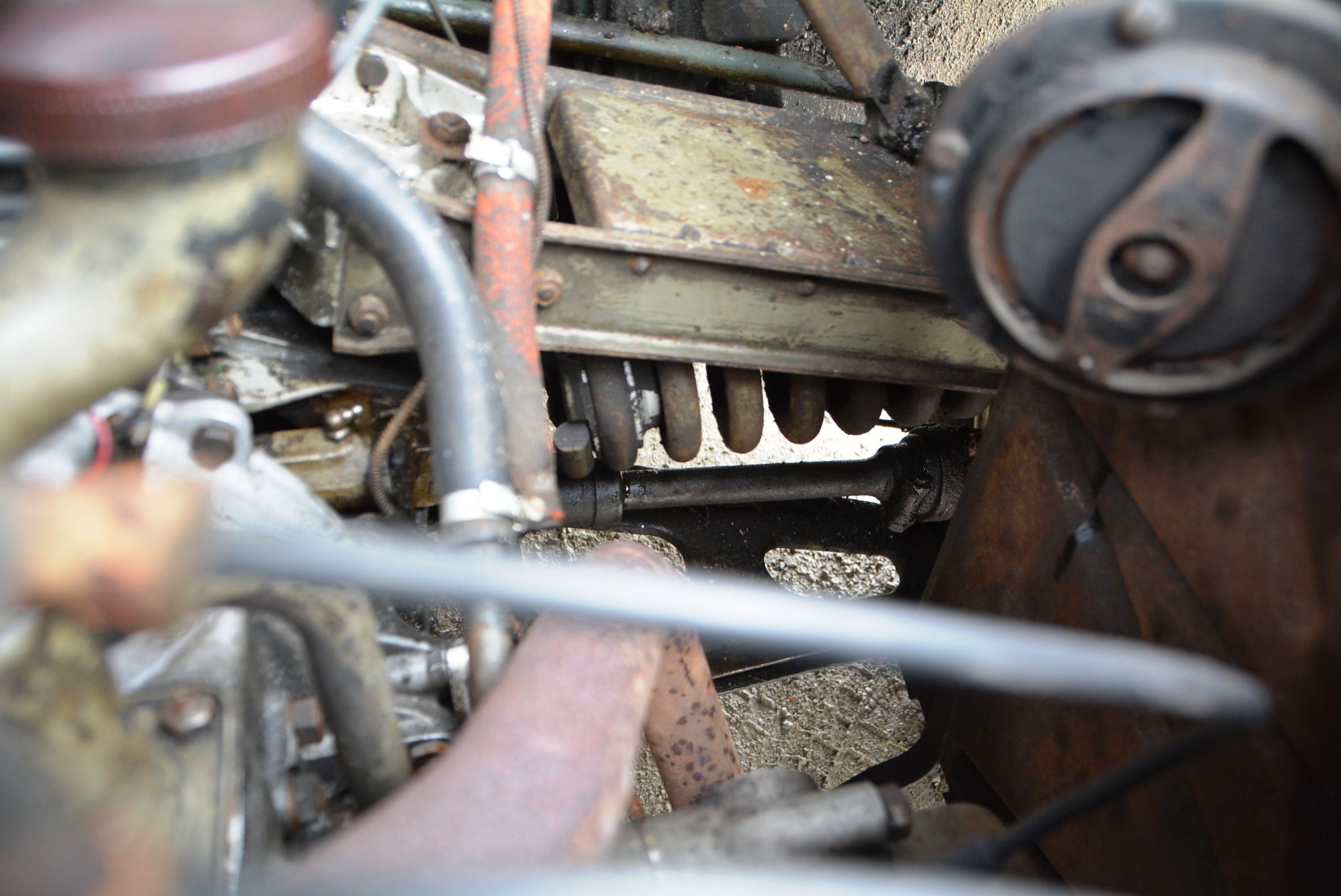 | 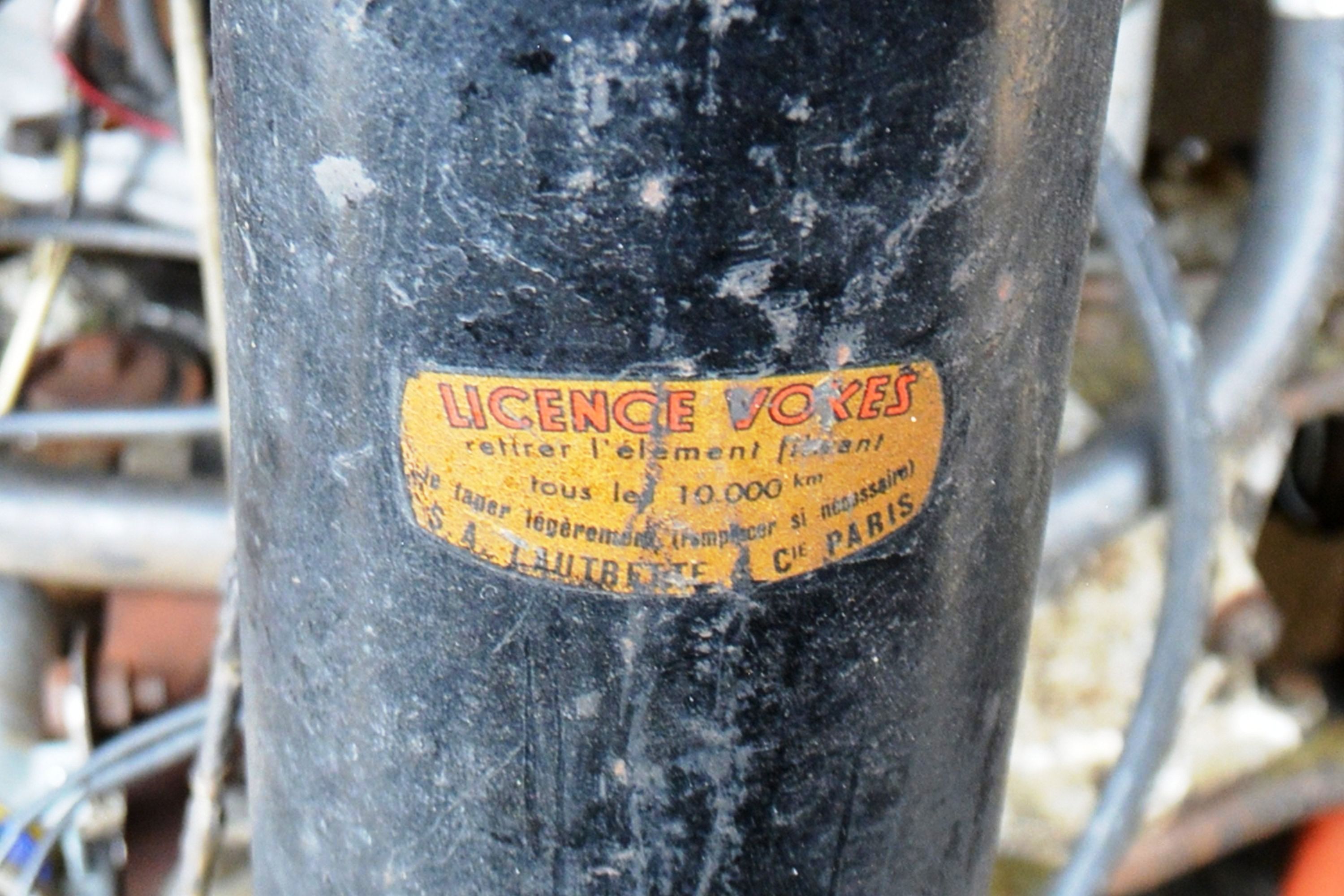 | |||||
 |  |  |  | 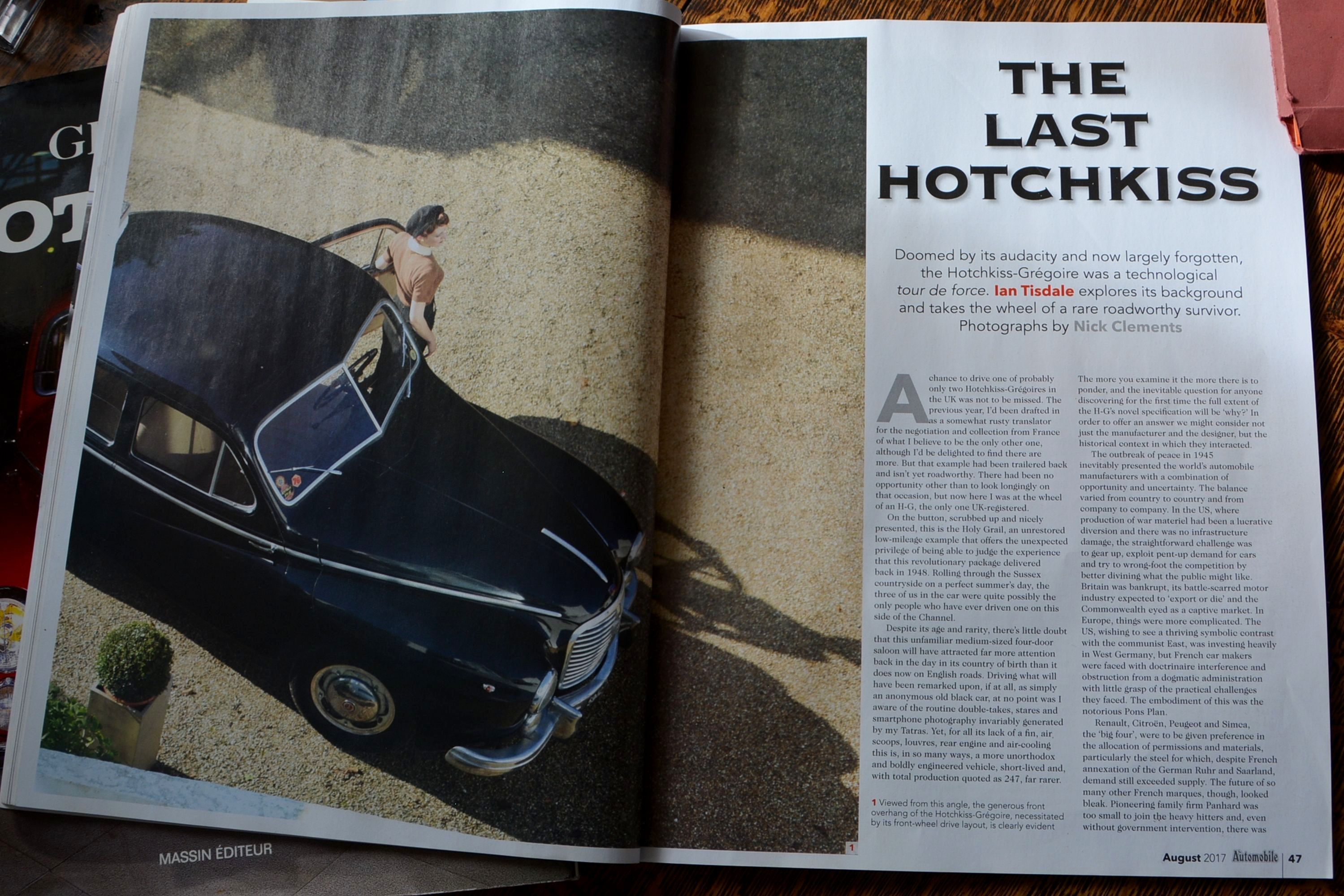 | |||||
 | 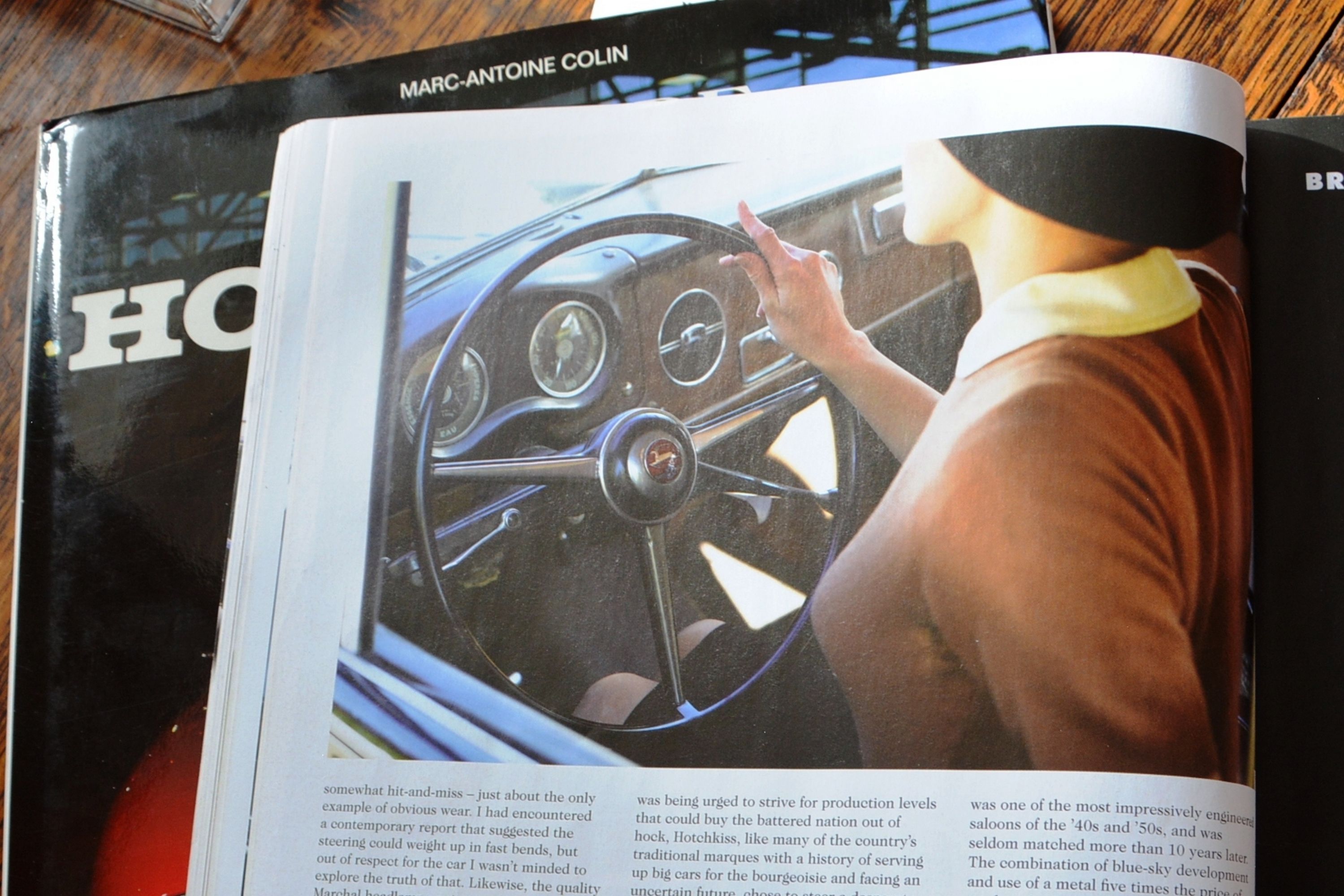 |
| Lot number | 63 |
|---|---|
| Hammer value | £19,600 |
| Description | Hotchkiss Gregoire |
| Registration | WXG 265 |
| Year | 1952 |
| Colour | Black |
| Engine size | 2,188 cc |
| Chassis No. | 645 |
| Engine No. | HOT07885 |
| Documents | V5C; invoices; copy handbook; dating letter; French and Belgian records; magazine features etc |
Initially best known as an arms manufacturer (hence the crossed cannons on their logo), Hotchkiss branched out into car manufacture in 1903, specialising in large capacity luxury saloons and fast tourers. In common with the other ‘grandes marques Francaises’, things went downhill after WW2 and Hotchkiss relied increasingly on the production of trucks and the Willys Jeep-based M201 4x4 to keep their heads above water.
To kickstart post-war car production, in 1948 Hotchkiss bought the rights to the ingenious new Tracta R concept designed by Jean-Albert Gregoire, one of the great pioneers of front-wheel drive who had also done work for Amilcar and Panhard. A passionate champion of aluminium construction, Gregoire’s design bristled with innovations including constant velocity joints, all-independent ‘variable flexibility’ suspension using horizontal coil springs working in tension, cast alloy wheel rims that bolted directly to the brake drums to save unsprung weight and a complex chassis/tub cast (not pressed) entirely from Alpax aluminium alloy. The casting included the scuttle, A-pillars and much of the front bodywork.
Power came from an oversquare aluminium 2,188cc flat-four mounted ahead of the front axle and mated to a four-speed column-shift gearbox with overdrive top and synchromesh on second and third. The aluminium body was designed in a wind tunnel, tapering in width from front to rear and sacrificing aesthetics to aerodynamics with a Cd of just 0.24, allowing the 71bhp motor to propel the 1,080kg car to an impressive 95mph top speed with 25mpg economy. The turning circle was excellent for a FWD car with precise rack-and-pinion steering and a deceptively spacious cabin with comfortable seating for five.
Unfortunately, none of this came cheap and the Gregoire proved so time-consuming to produce (the suicide doors alone took eight men to fit) that it ended up costing 1.8m Francs, over four times more than a Citroen Traction Avant! As a result, only 247 were sold before production ended in 1953 (including 12 Chapron-bodied specials) and it is thought that perhaps 70 survive today, only around 20 of them in running order, which makes this one a rare find indeed.
Our car is chassis number 645 which was completed in July 1952, according to factory records, and appears to have been retained by the works rather than sold. Documents on file suggest that it belonged to a French biologist, Michel Gontier of Fourmies, from 1972 - 1996 before going to the Aalters Automobile Museum in Belgium where it remained until our vendor acquired it in 2015 to join his well-known collection of interesting and highly original cars.
As you can see in the pictures, it is indeed in remarkably original condition and is showing only 47,000kms on the clock (29,200 miles) which could well be correct judging by the fine state of preservation today. It certainly drives like a low-mileage car, as we discovered on a lengthy and hugely enjoyable test drive across the Monmouthshire countryside. In true Gallic style the ride quality is excellent, and it purrs along happily at 60mph, the soft suspension ironing out bumps and corners with aplomb. The controls are light and responsive, the gearshift commendably slick once the shift pattern is mastered, needing two levers to get it into overdrive top. Hard to believe the car is nearly 70 years old.
Interesting details abound, including the translucent red plastic steering wheel, wood-grained metal dash and door cappings, dainty door, quarter light and window handles, semaphore indicators, miniscule rear lights and translucent, back-lit rear number plate. A sticker inside the driver’s door indicates that the car was serviced in 2007 at 44,790kms and our vendor has also recently treated it to another thorough service with all fluids changed, a brake overhaul, rebuilt carburettor, new exhaust, five new Michelin tyres and new front door rubbers (invoices on file). He has also used it regularly, clocking up some 1,400 miles in the last couple of years.
Other documentation includes a V5C, a 2017 copy of The Automobile with a 7-page feature on this very car, a dating letter from the British Hotchkiss Society, a copy of an original owner’s handbook, sundry invoices and various bits of literature relating to the history of the model.
Highly original, low mileage, excellent runner, rare as les dents des poules – this quirky Gallic carriage ticks all the right boxes and would sit well in any collection. Find another one!